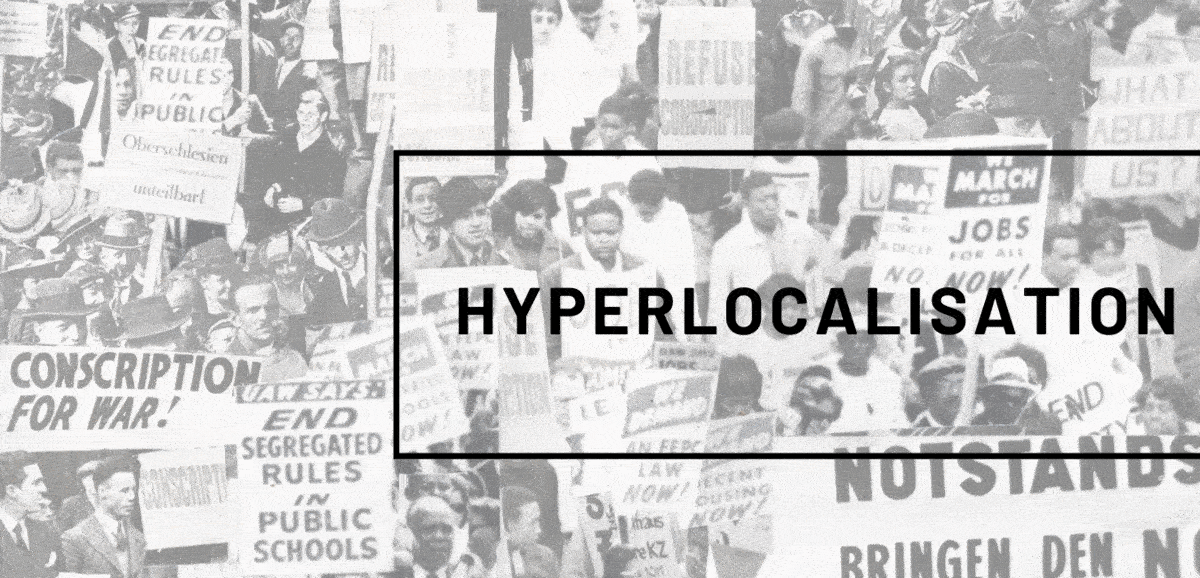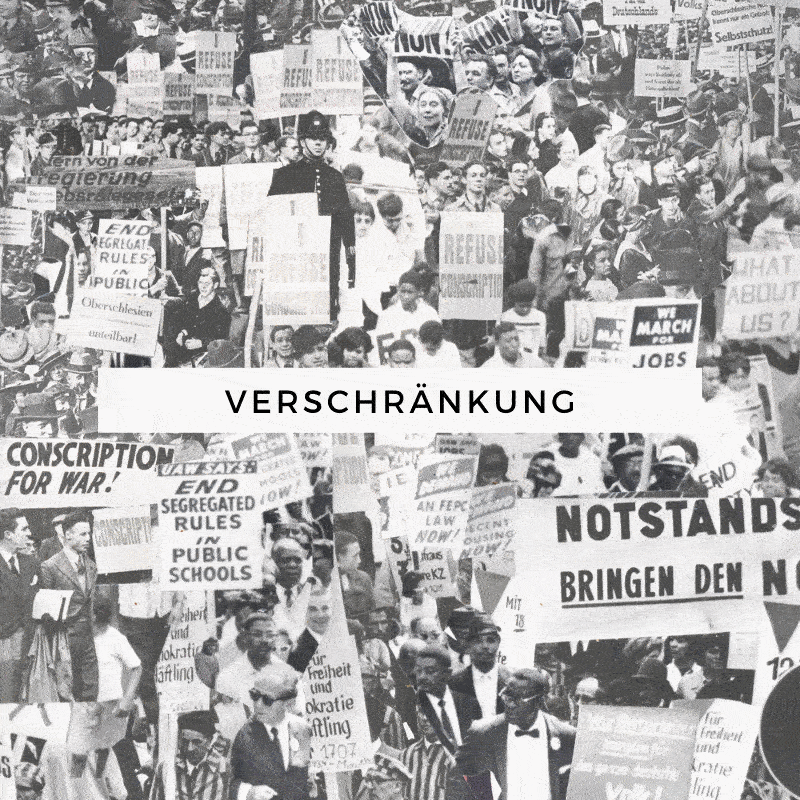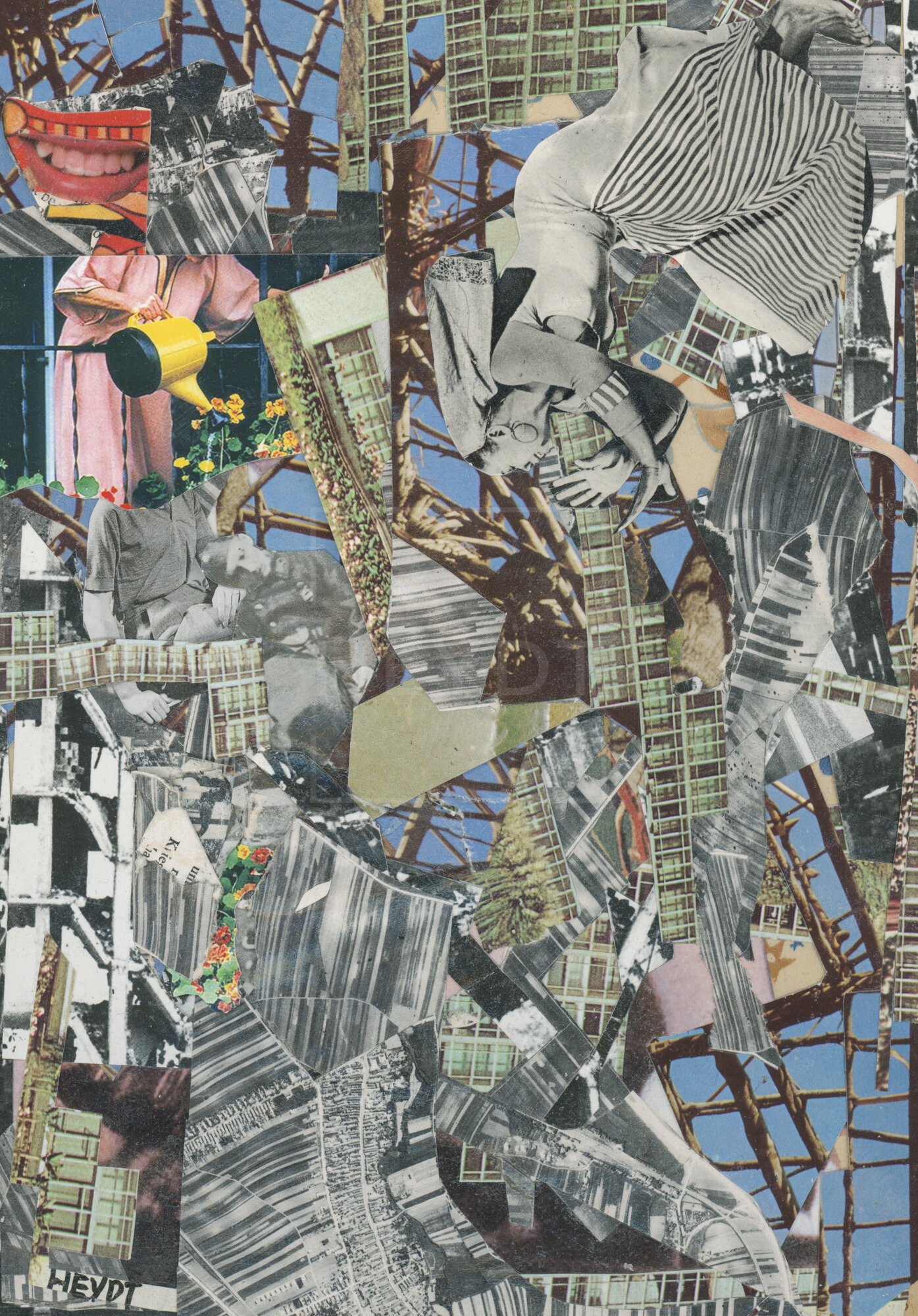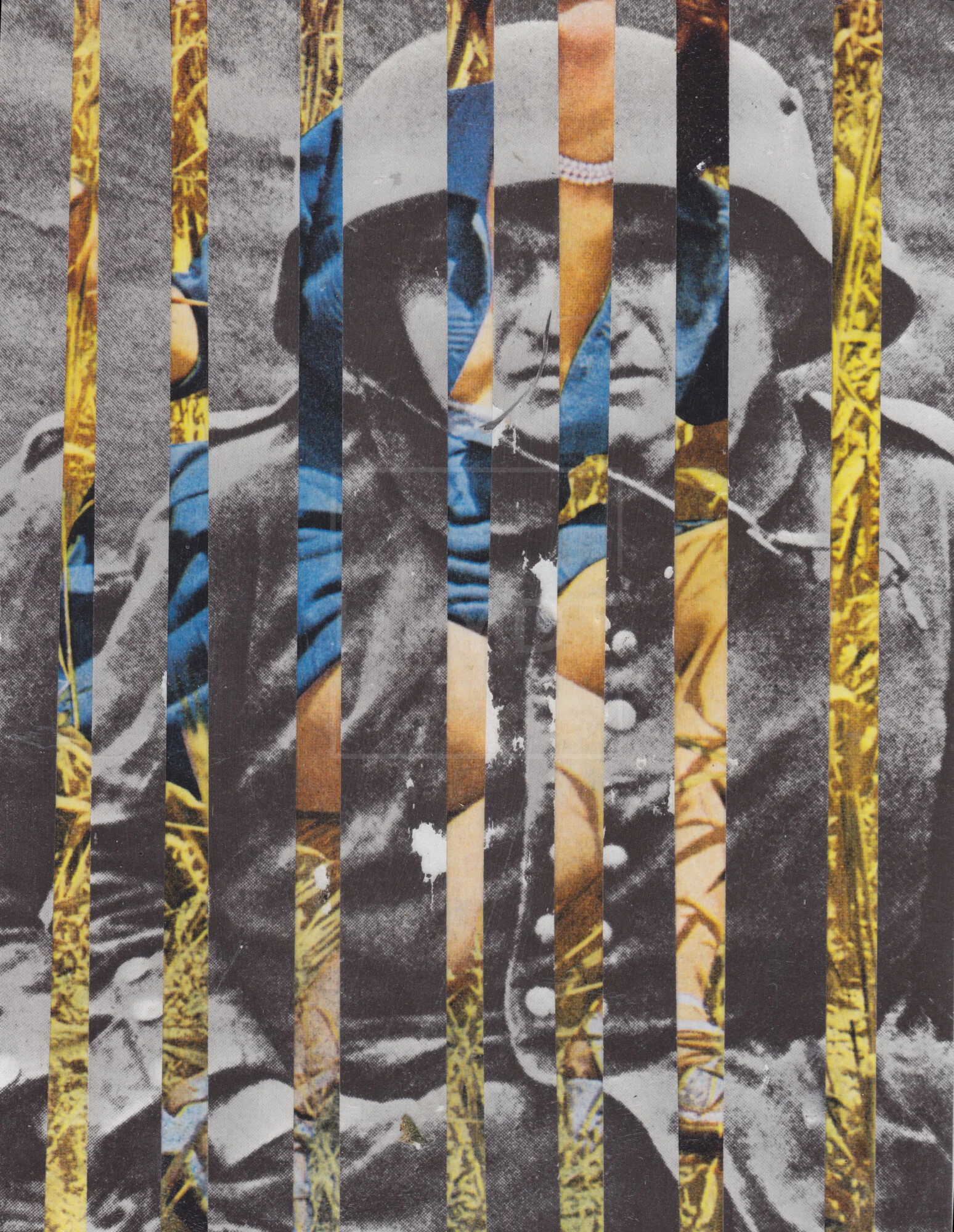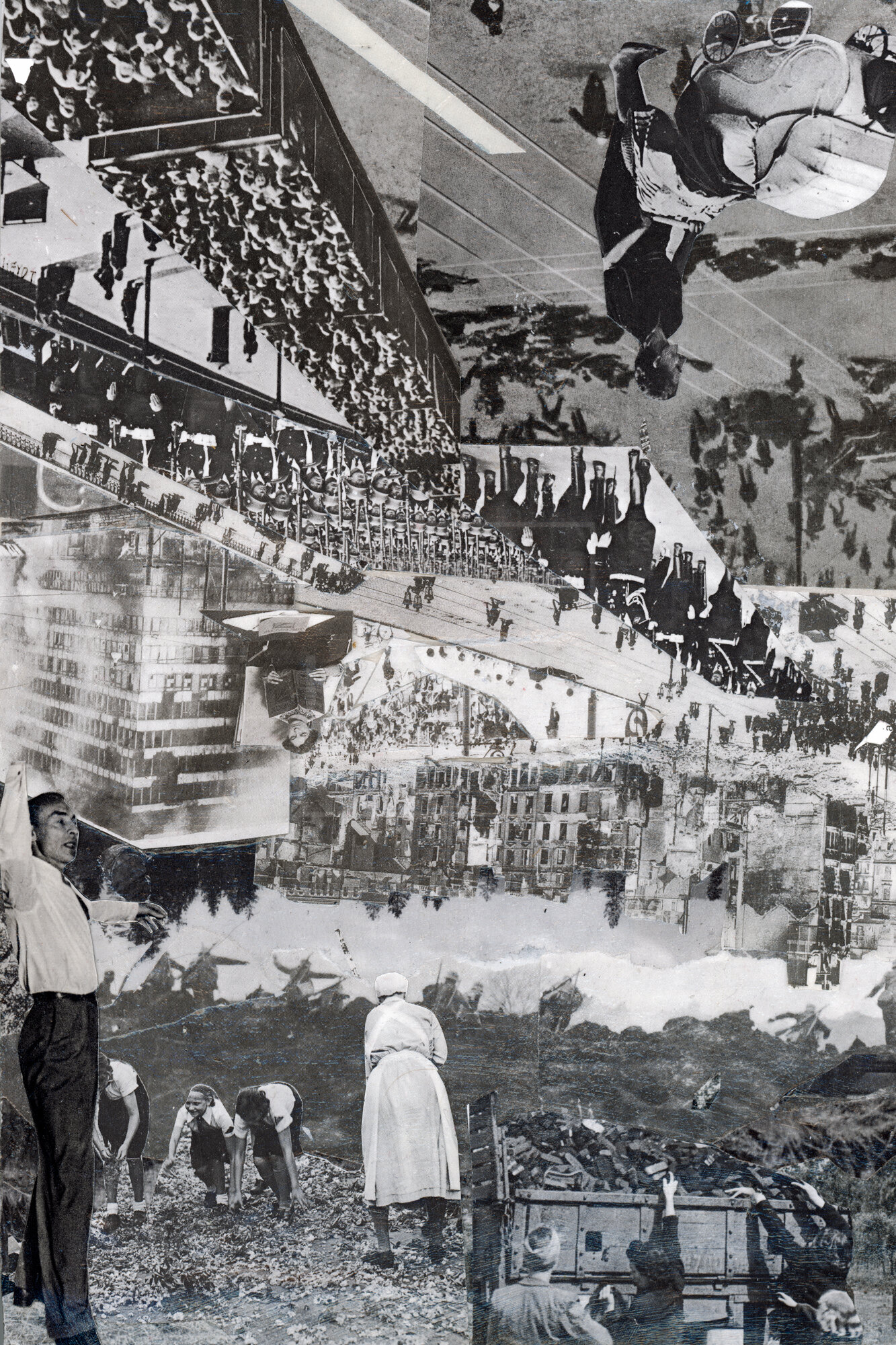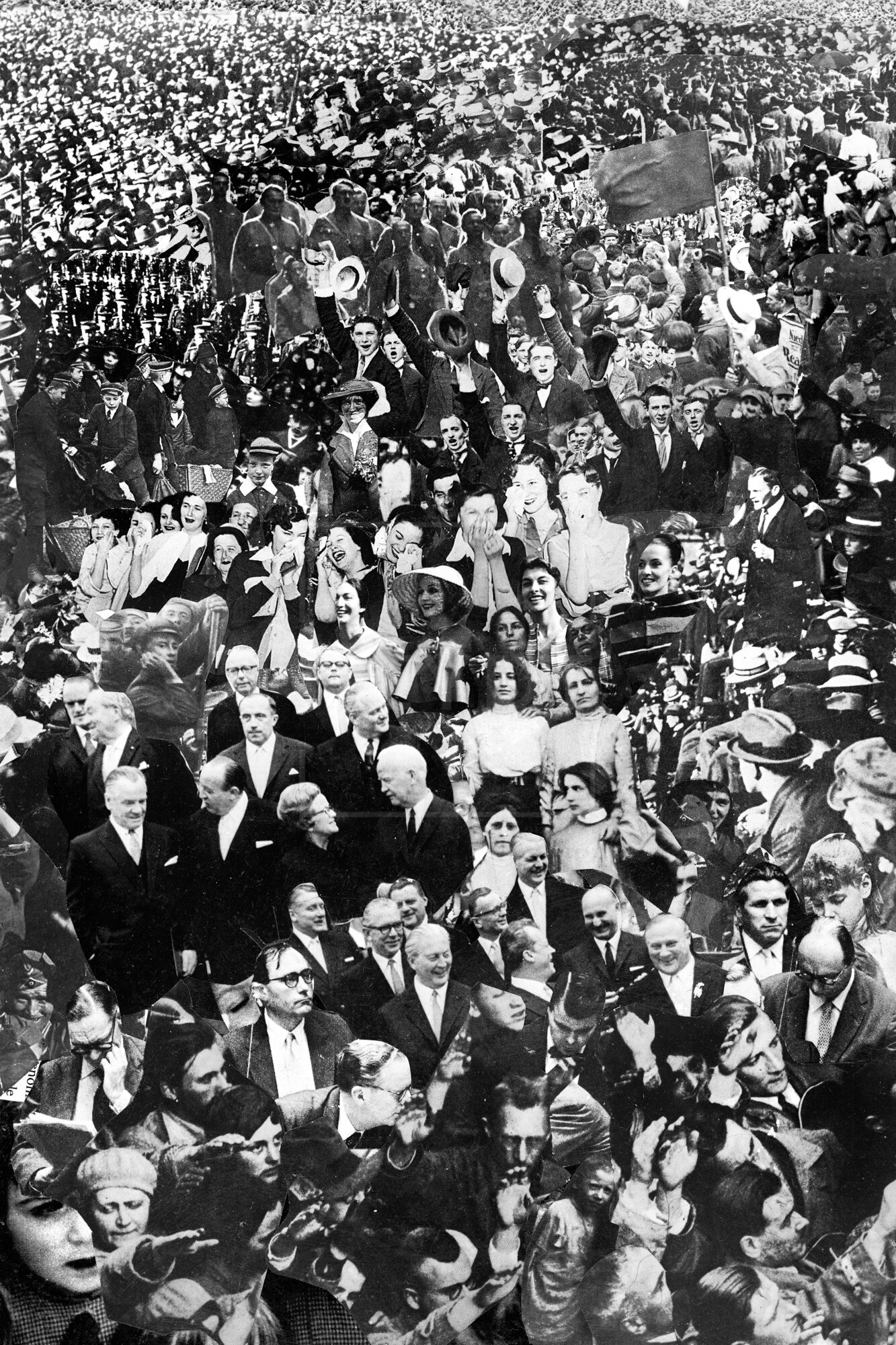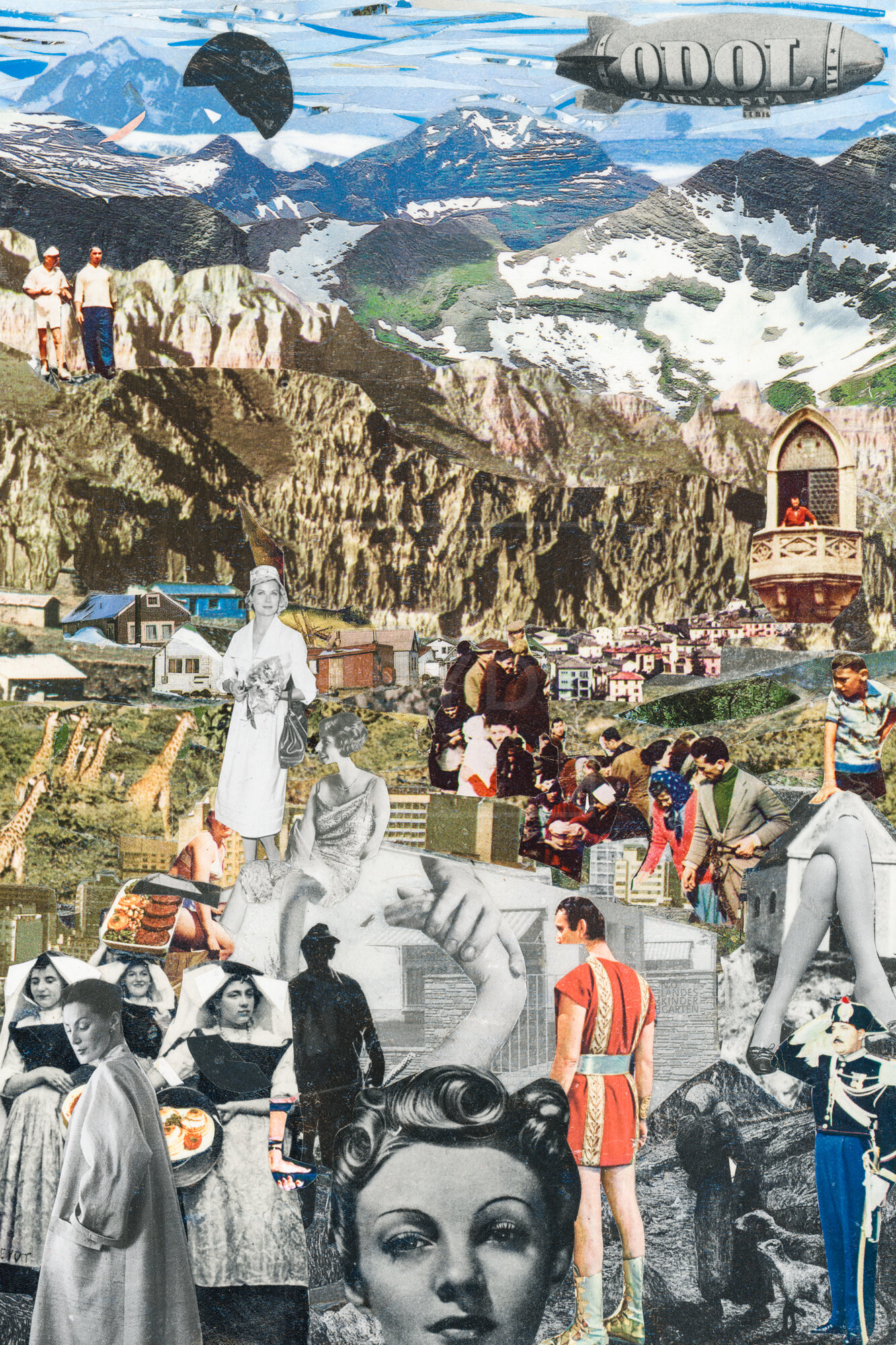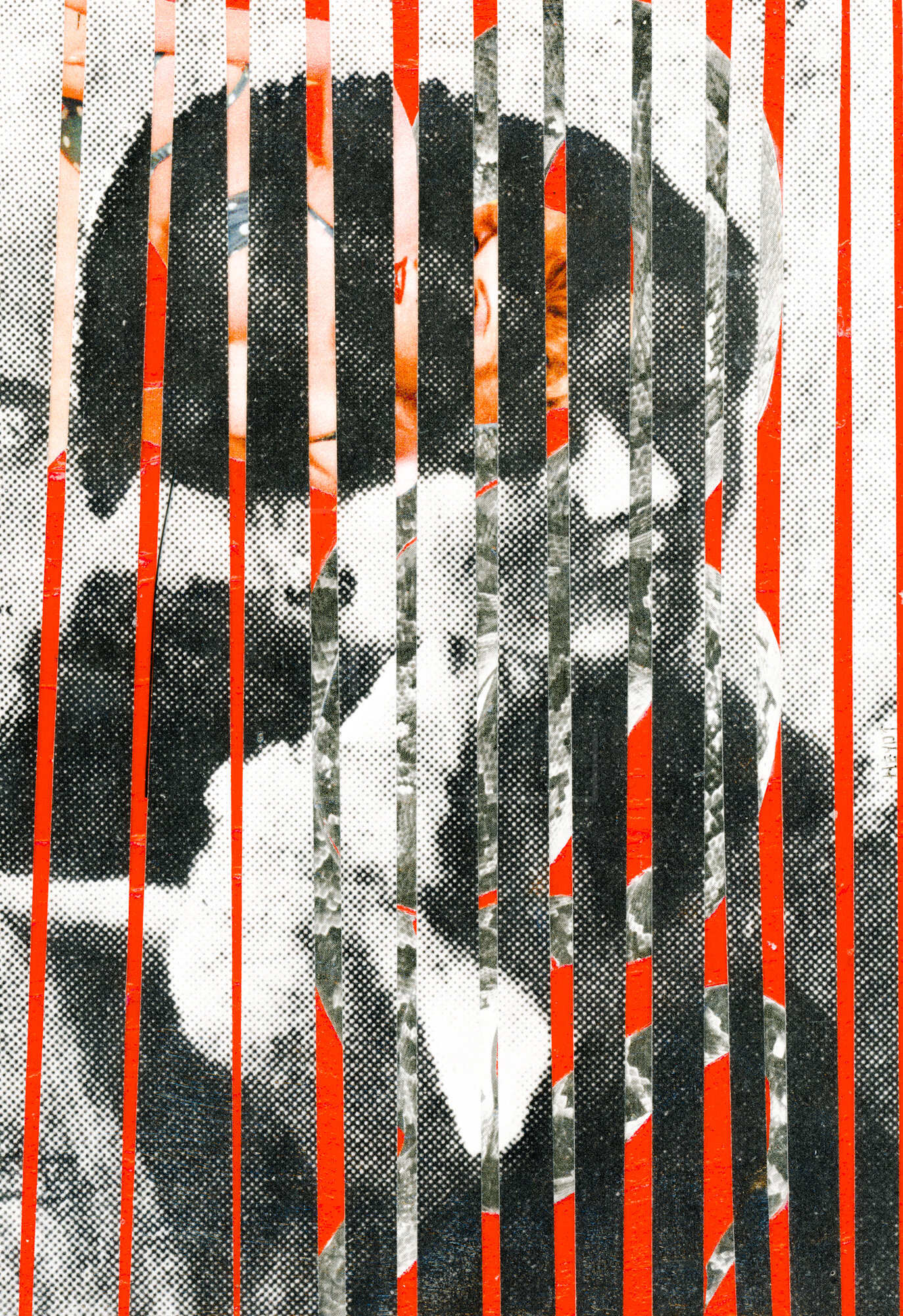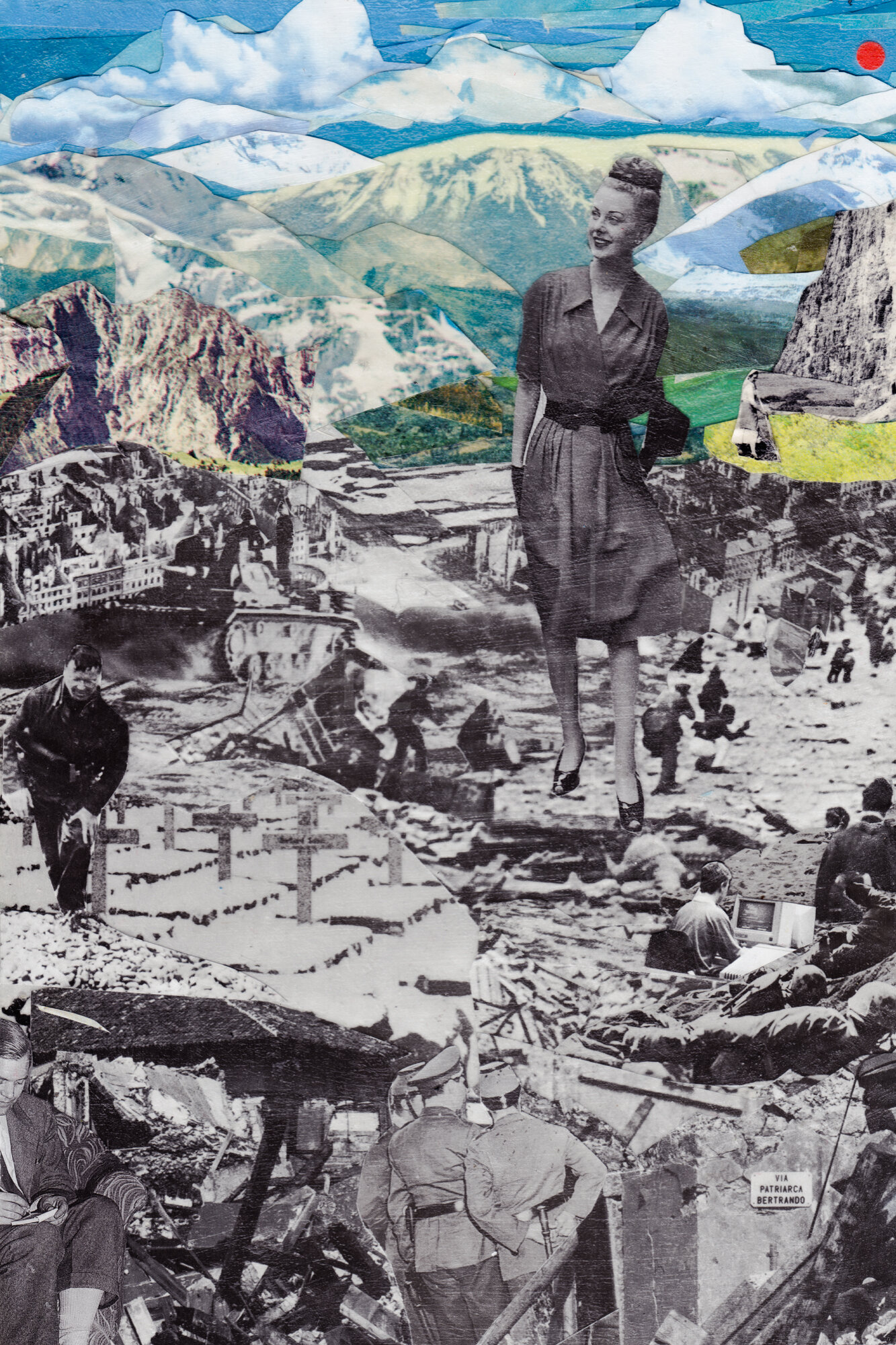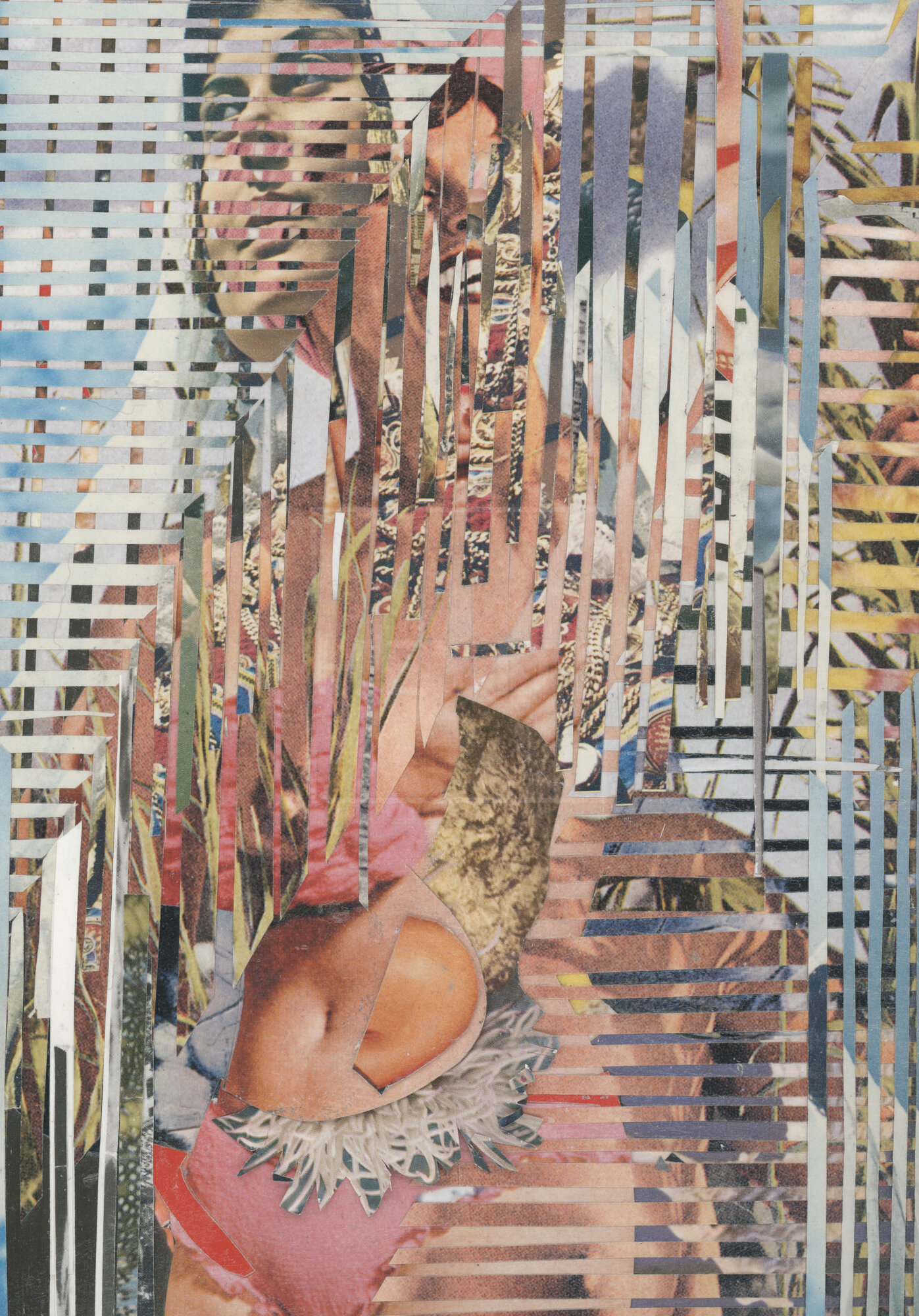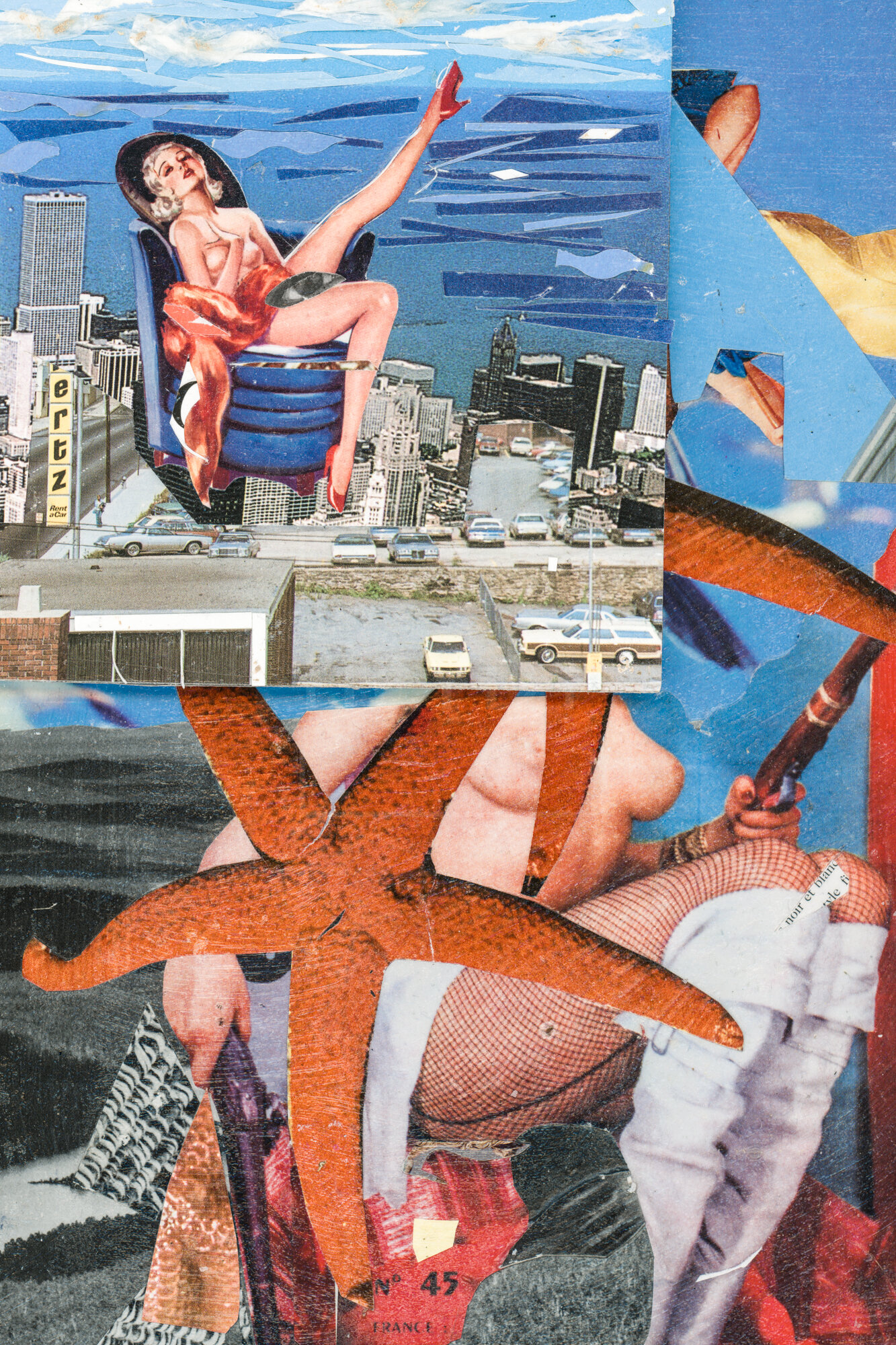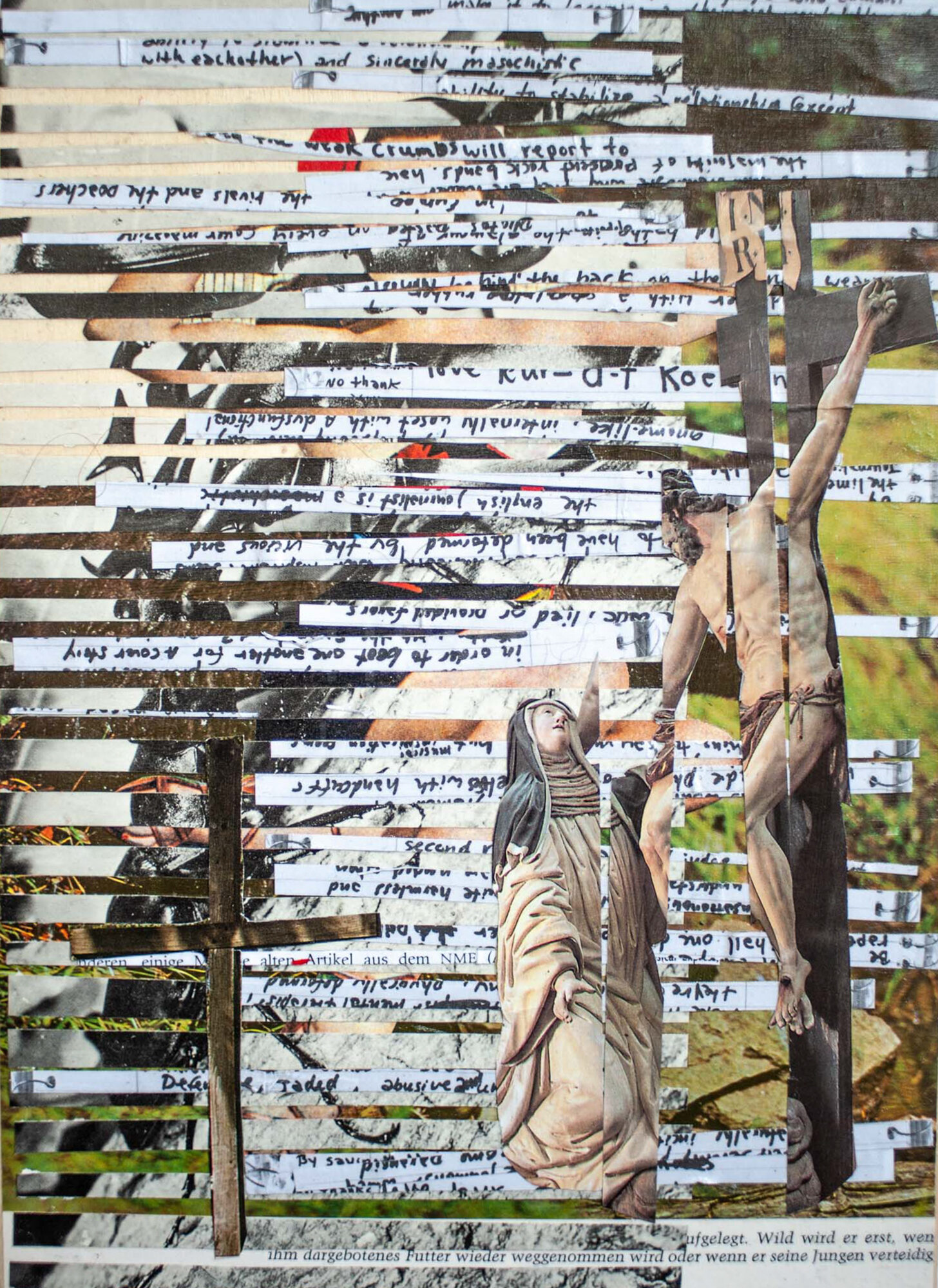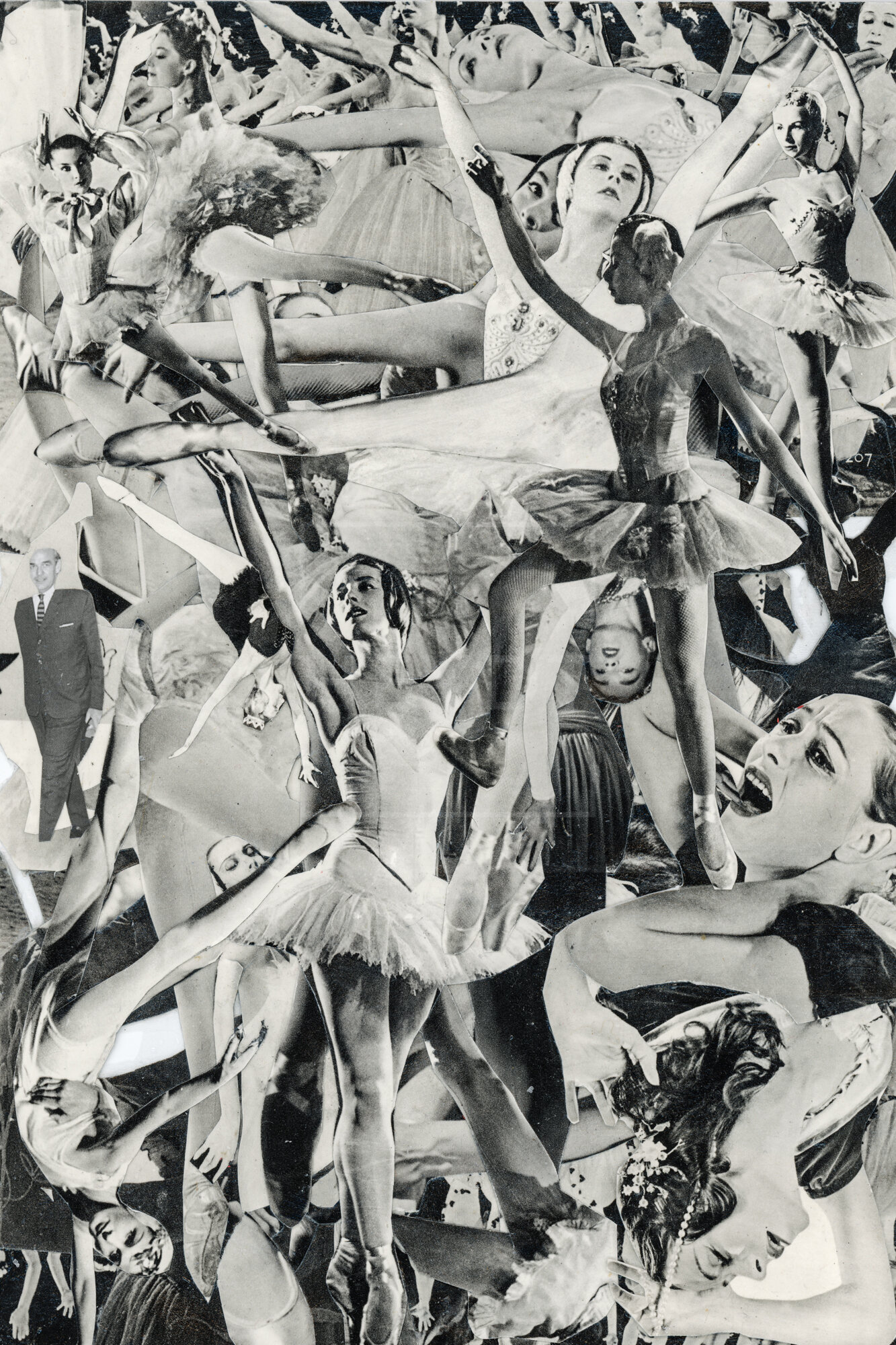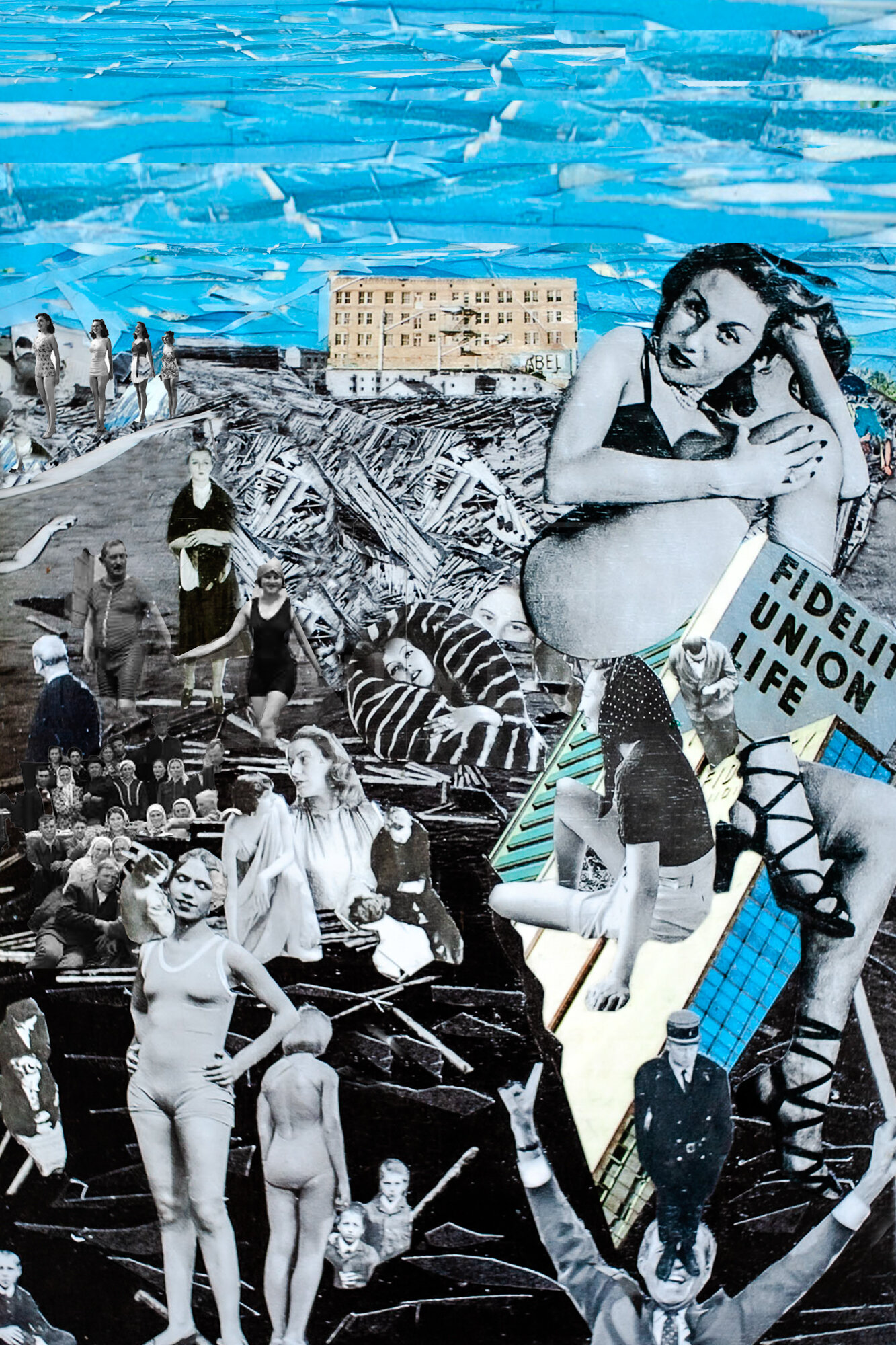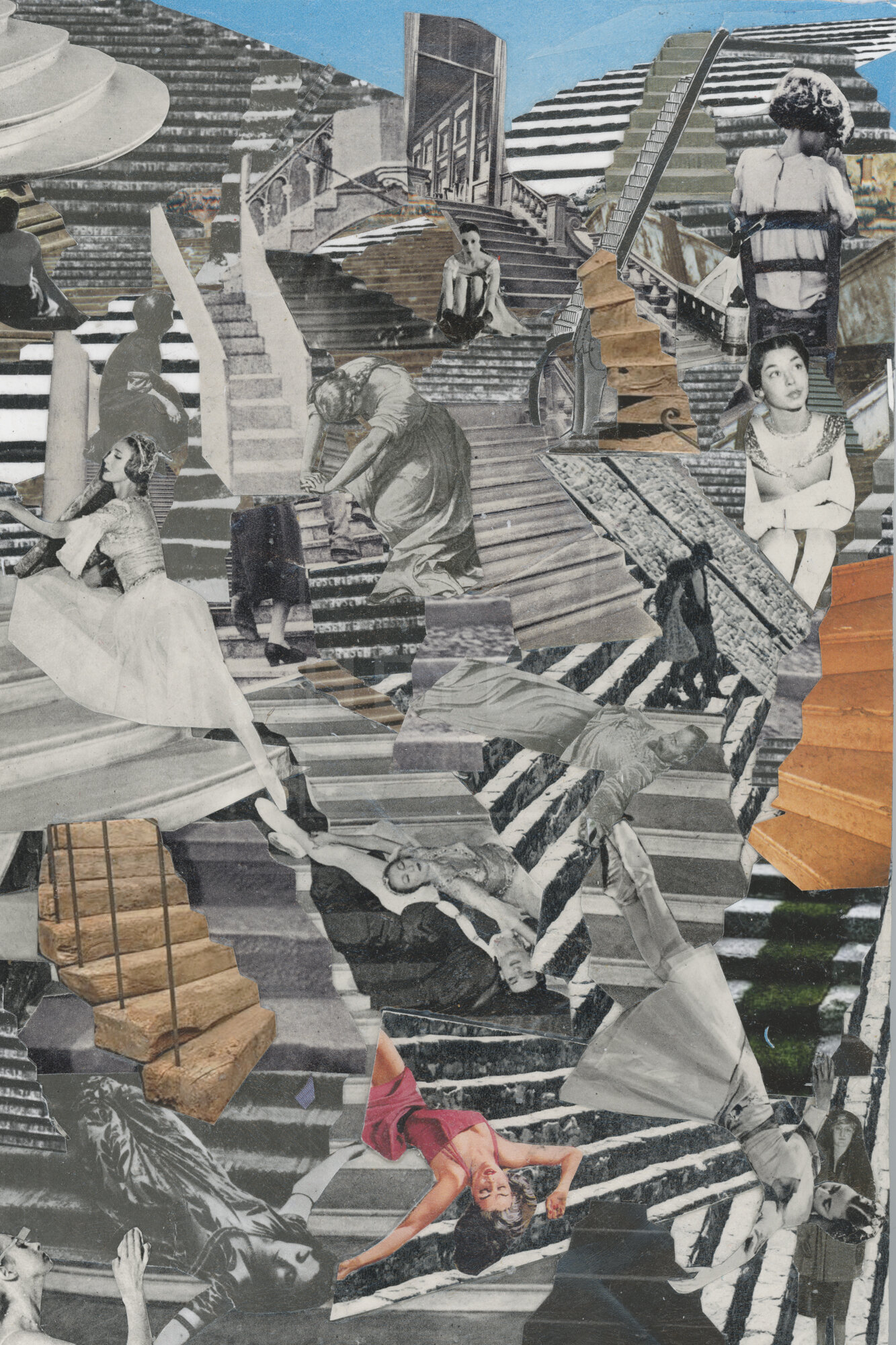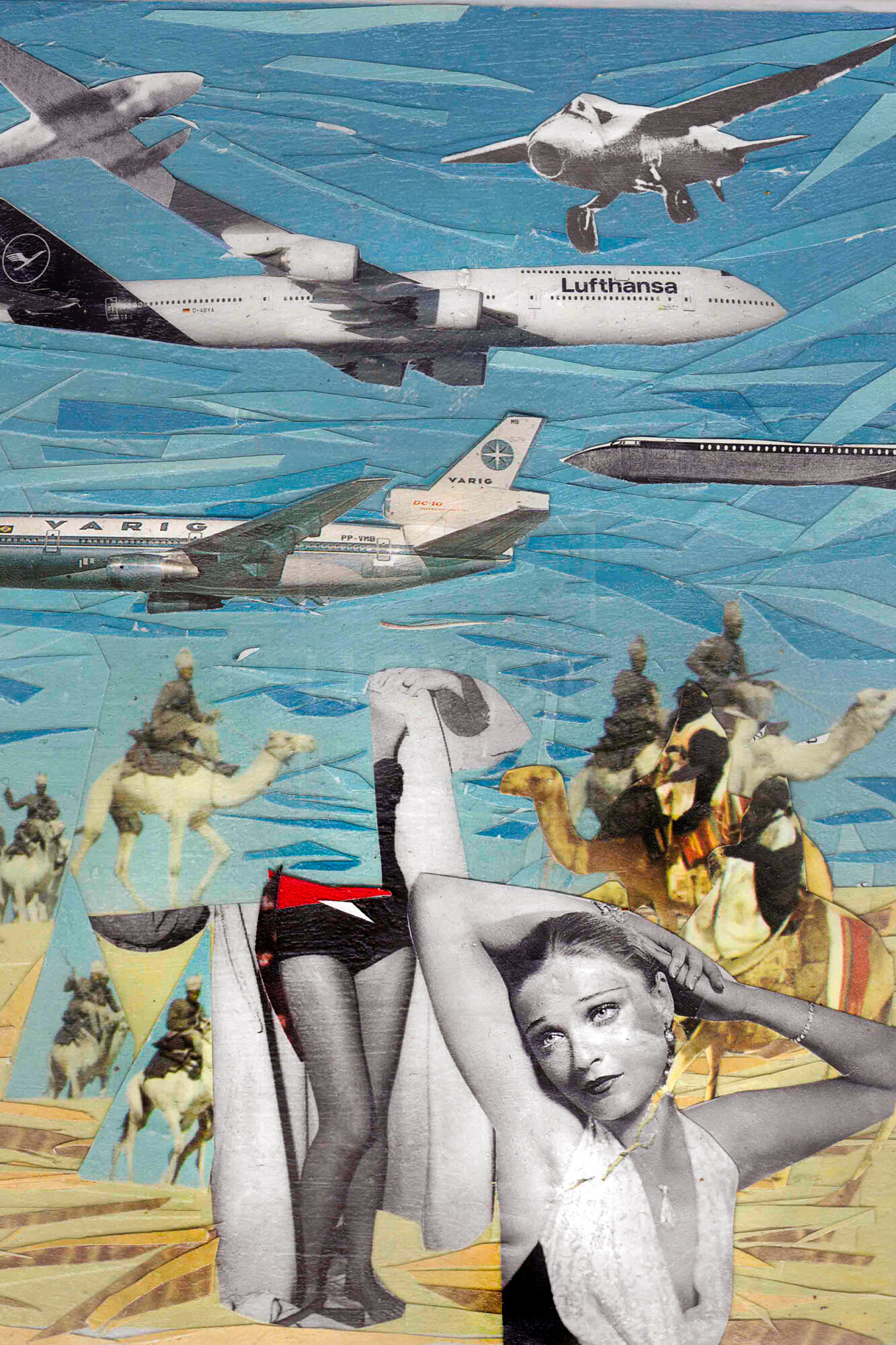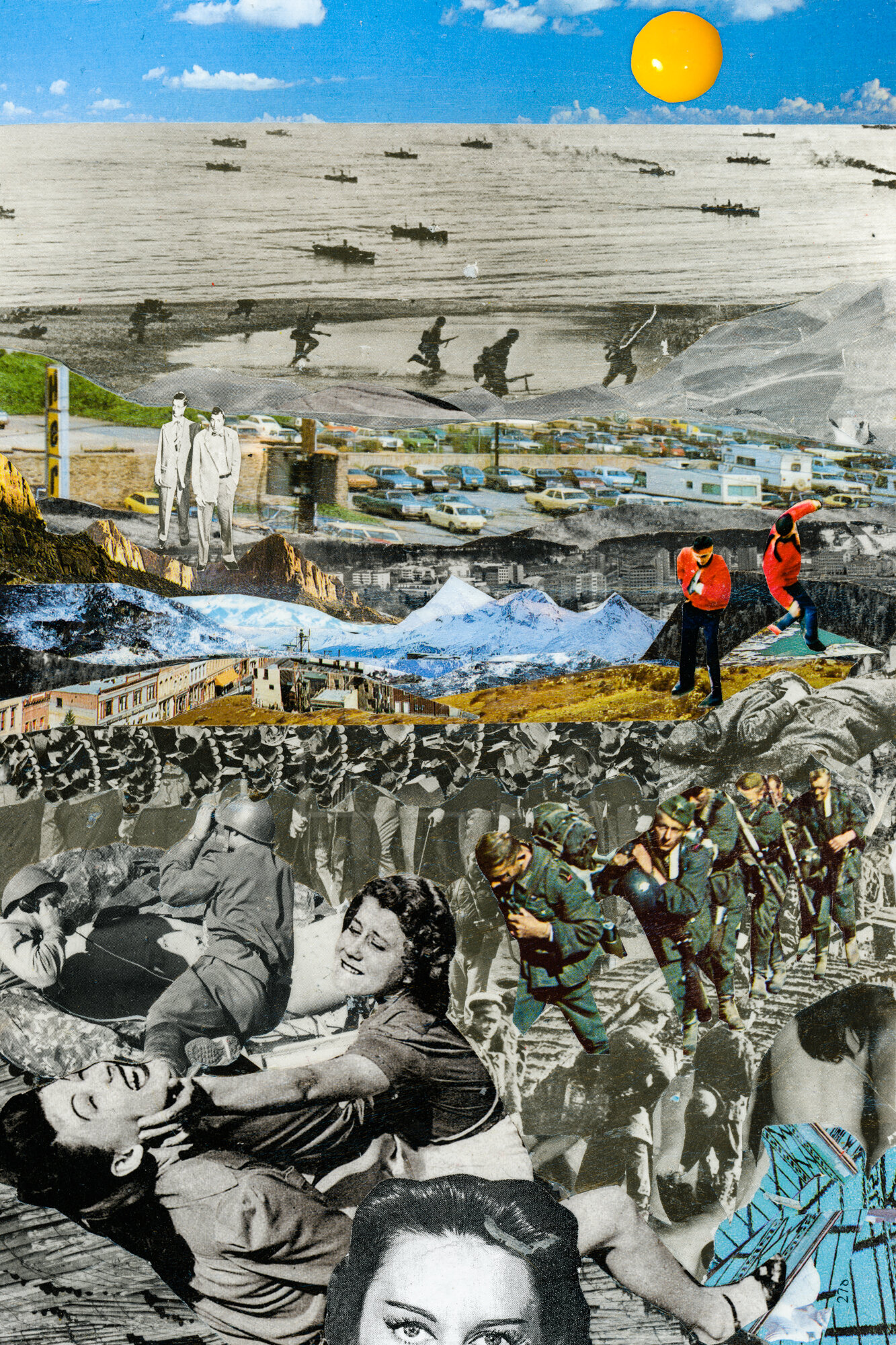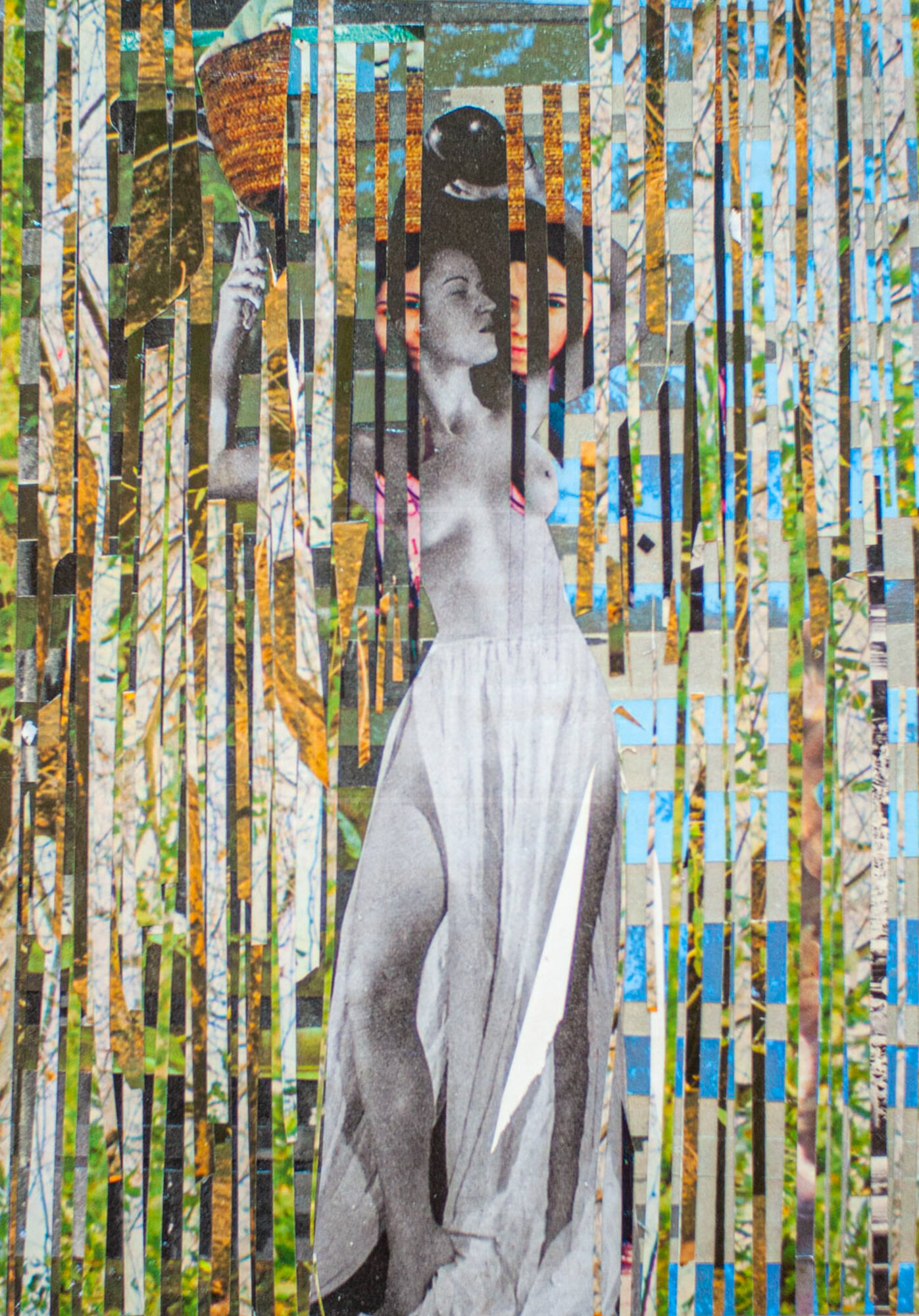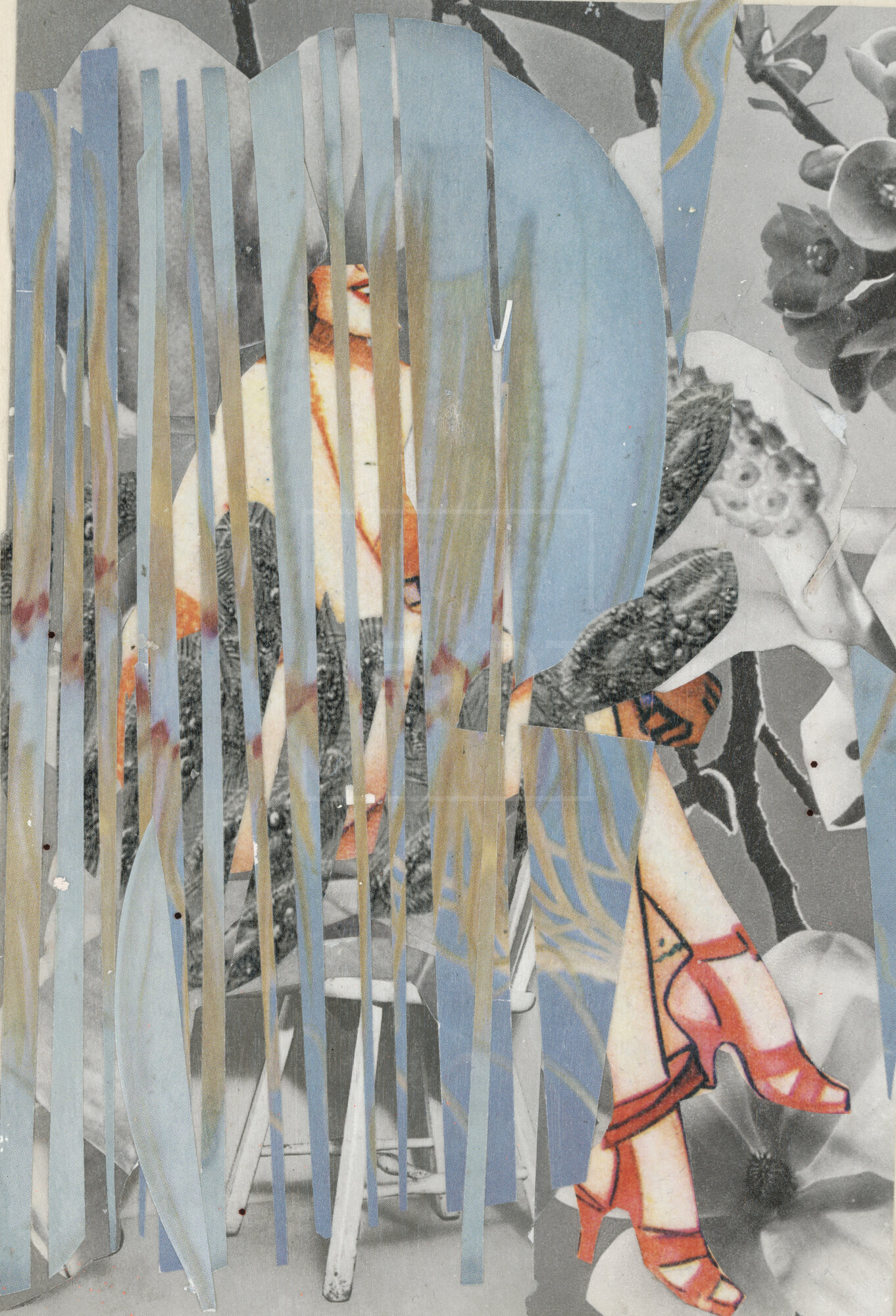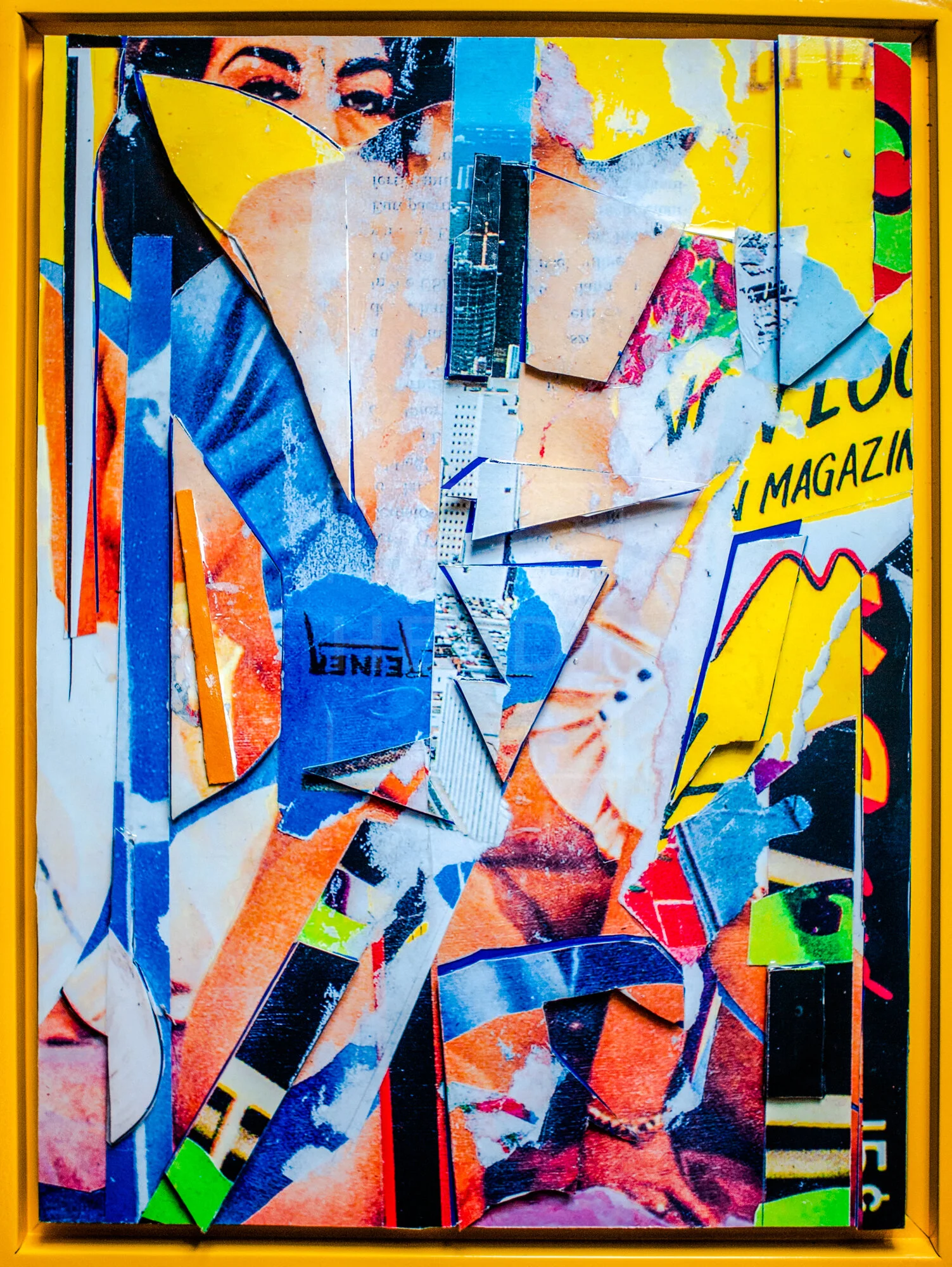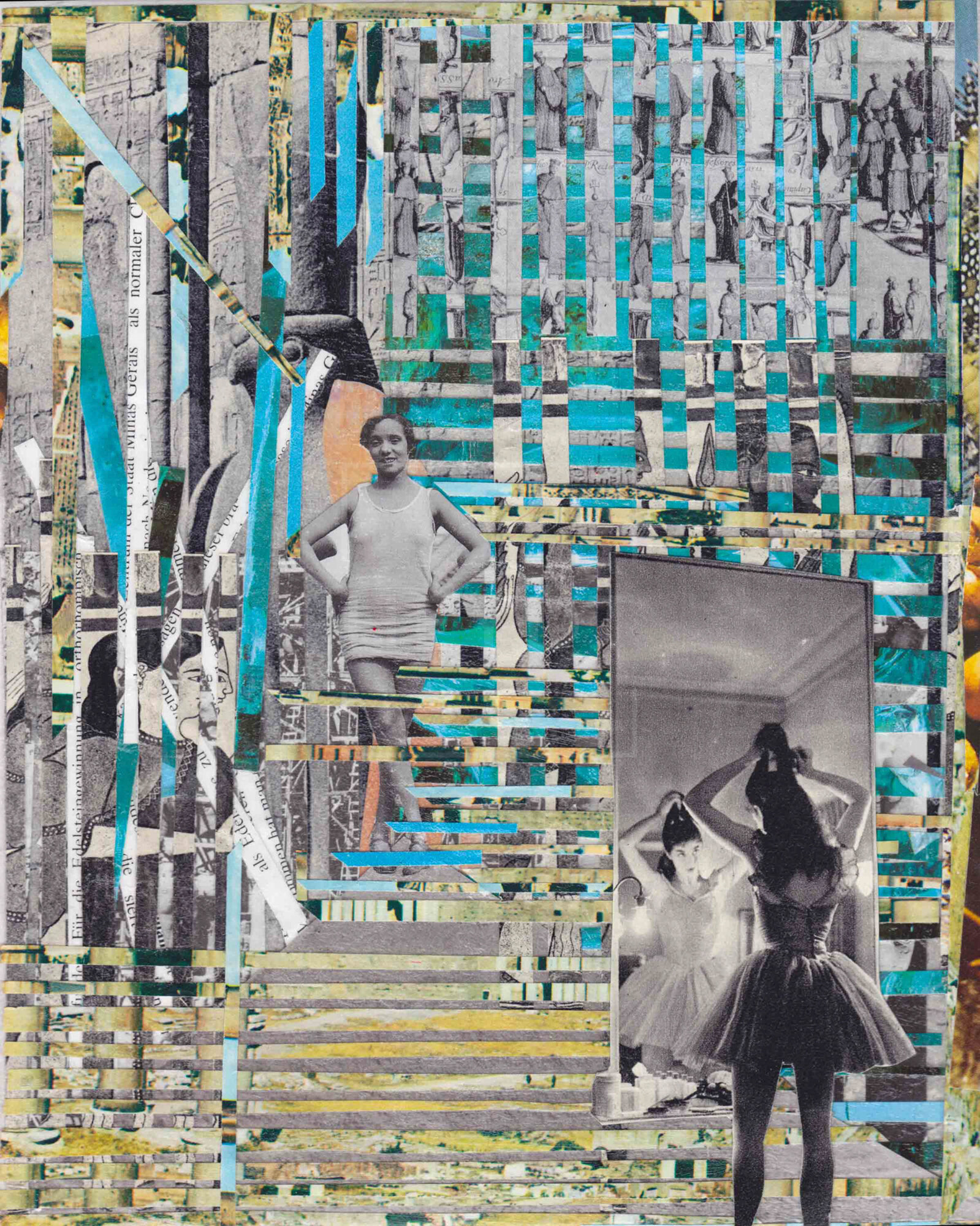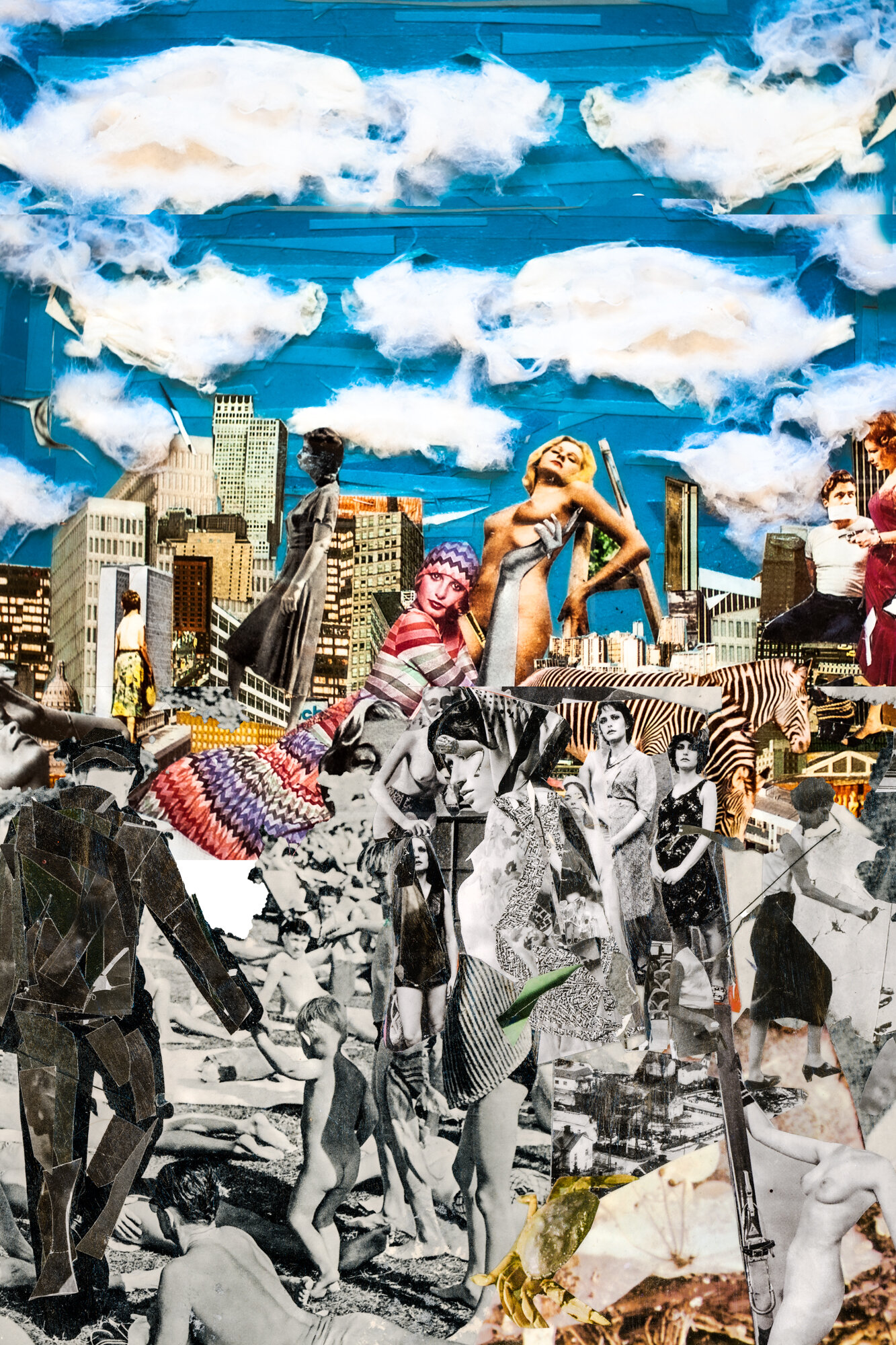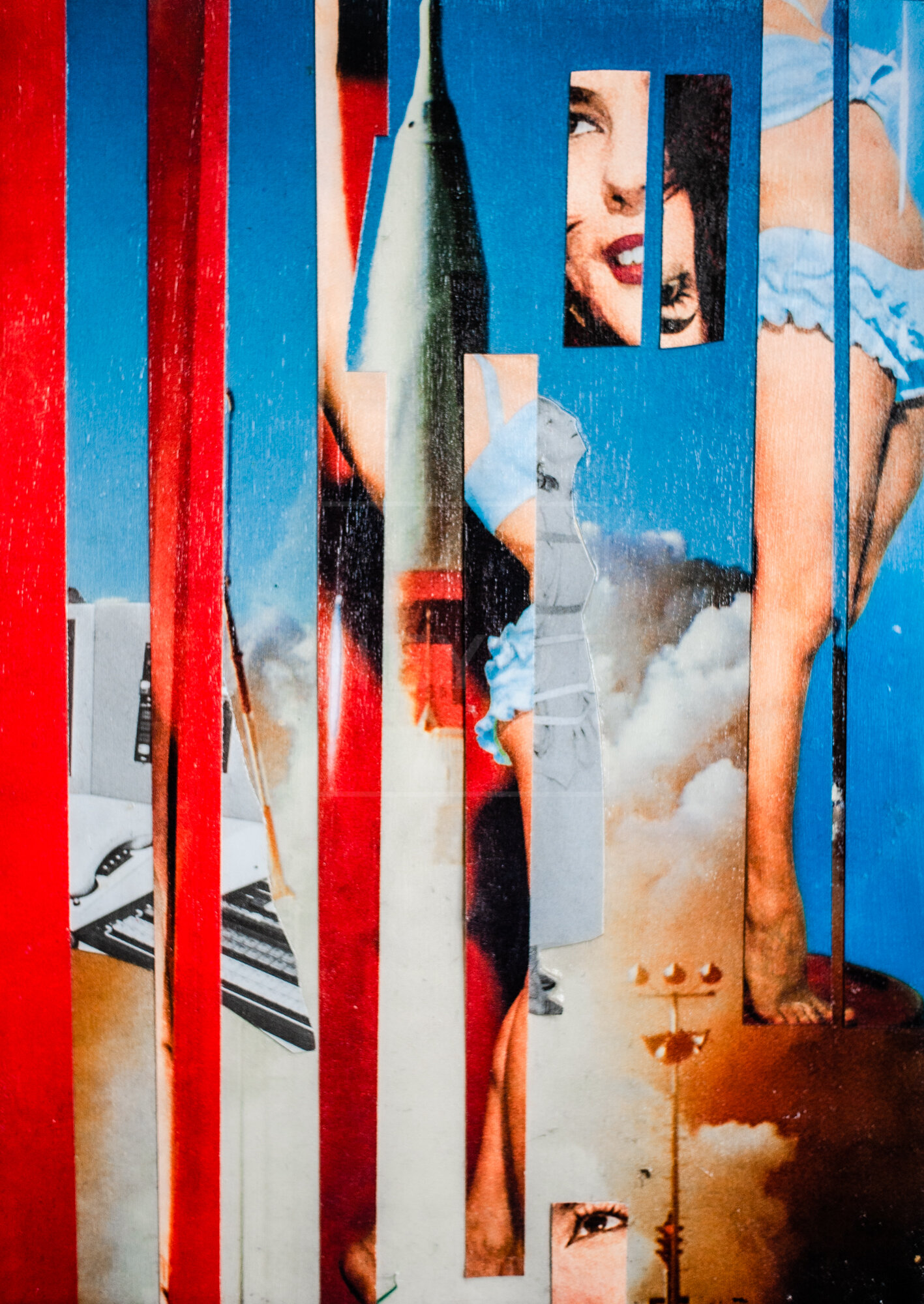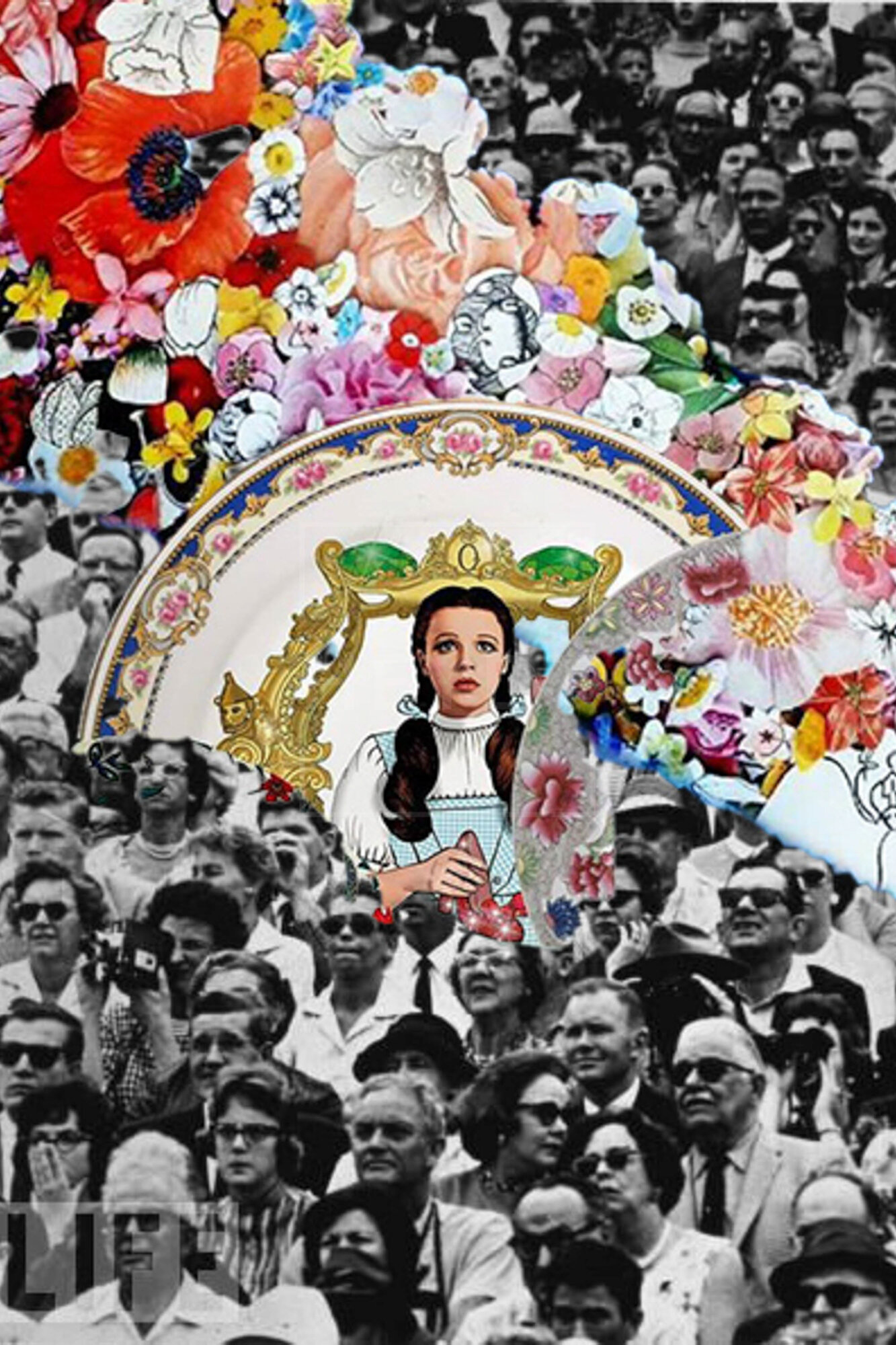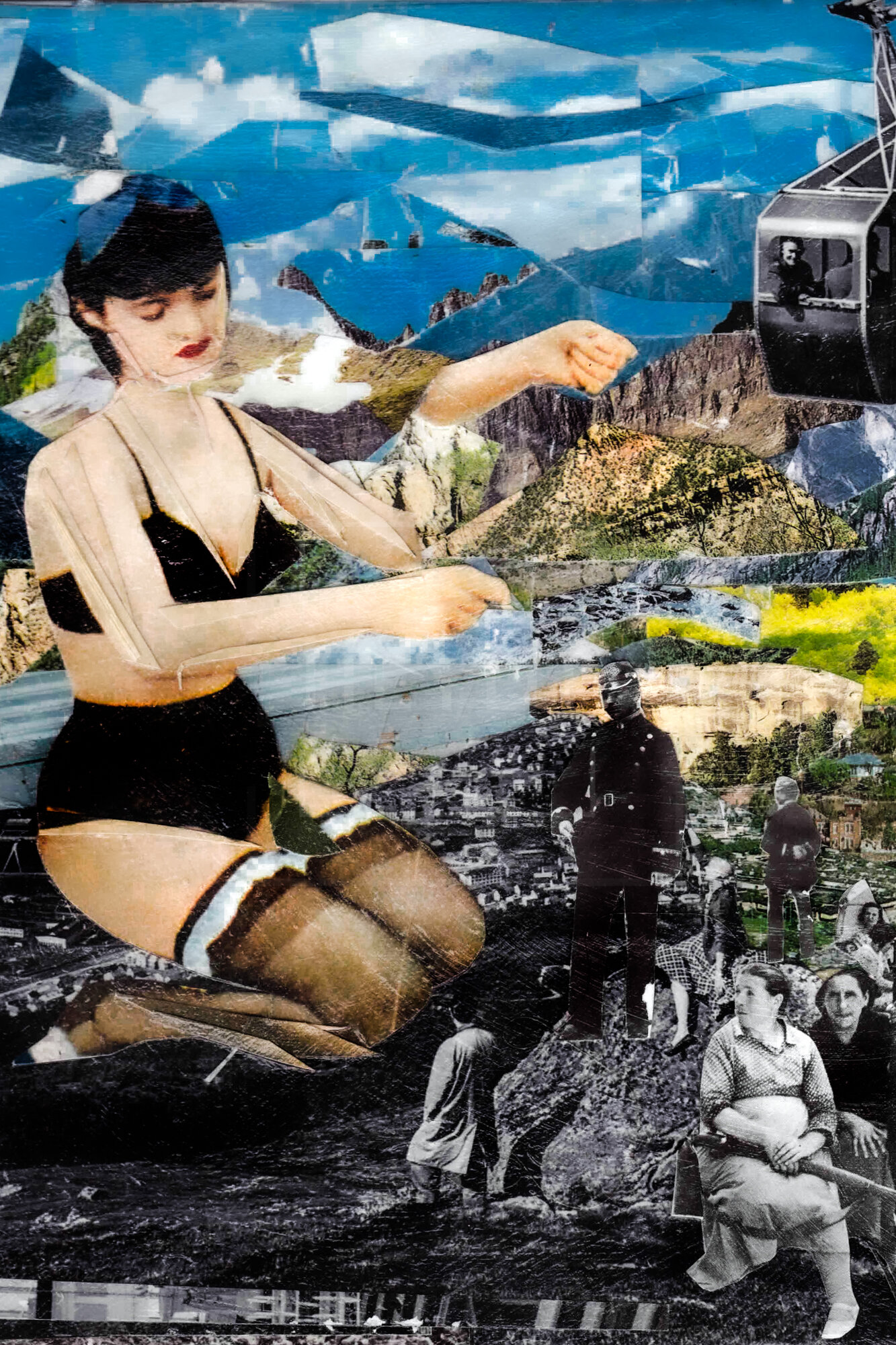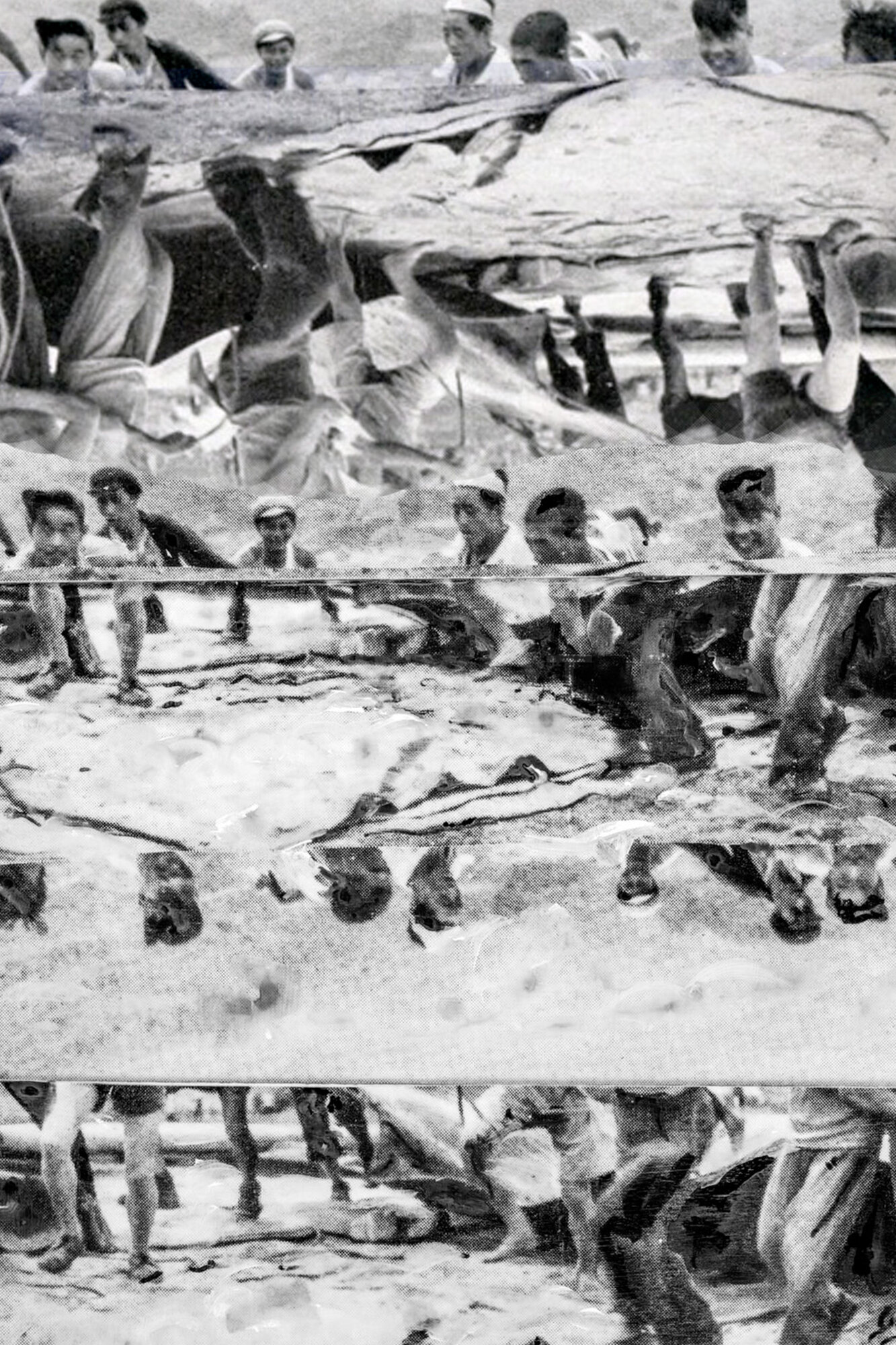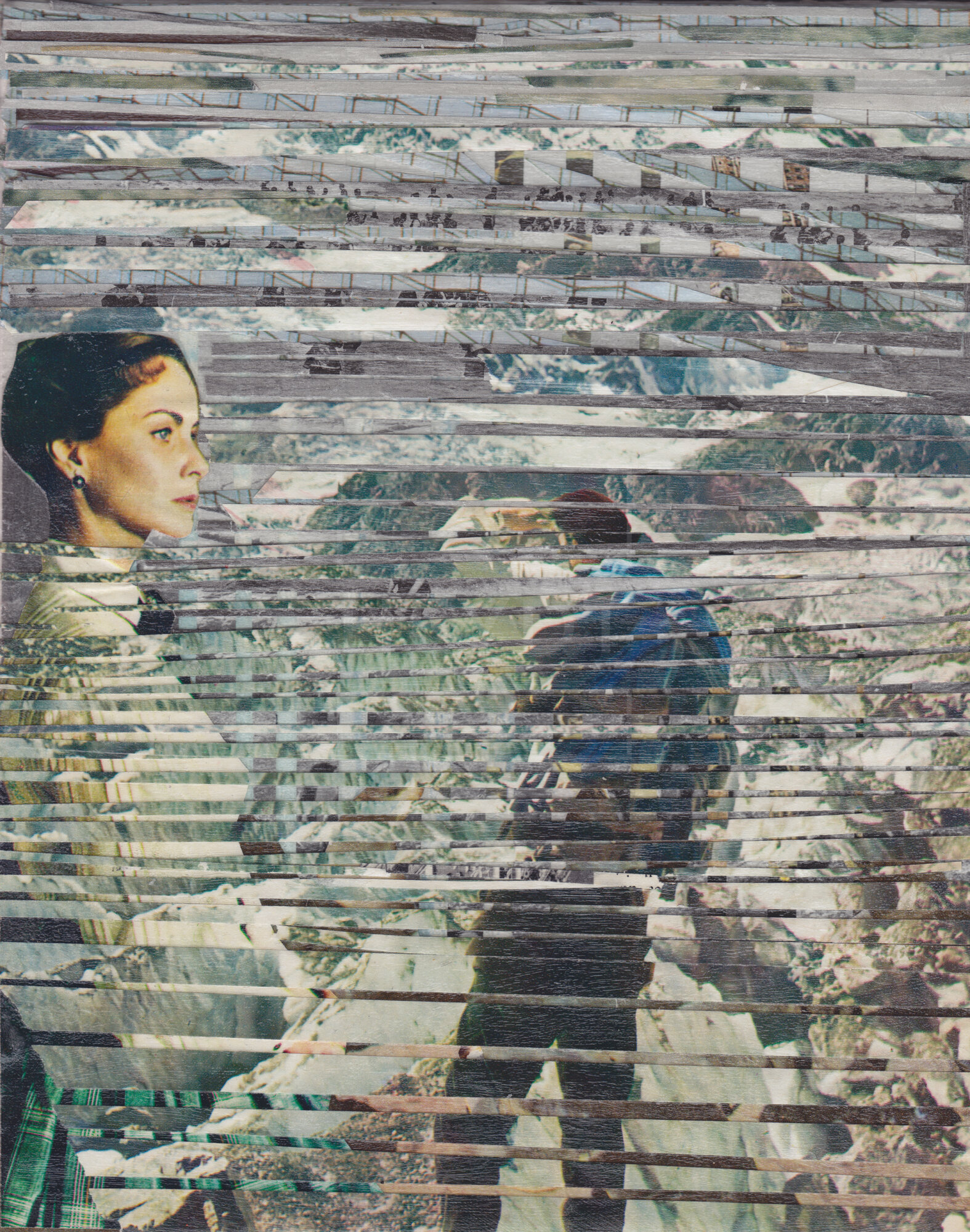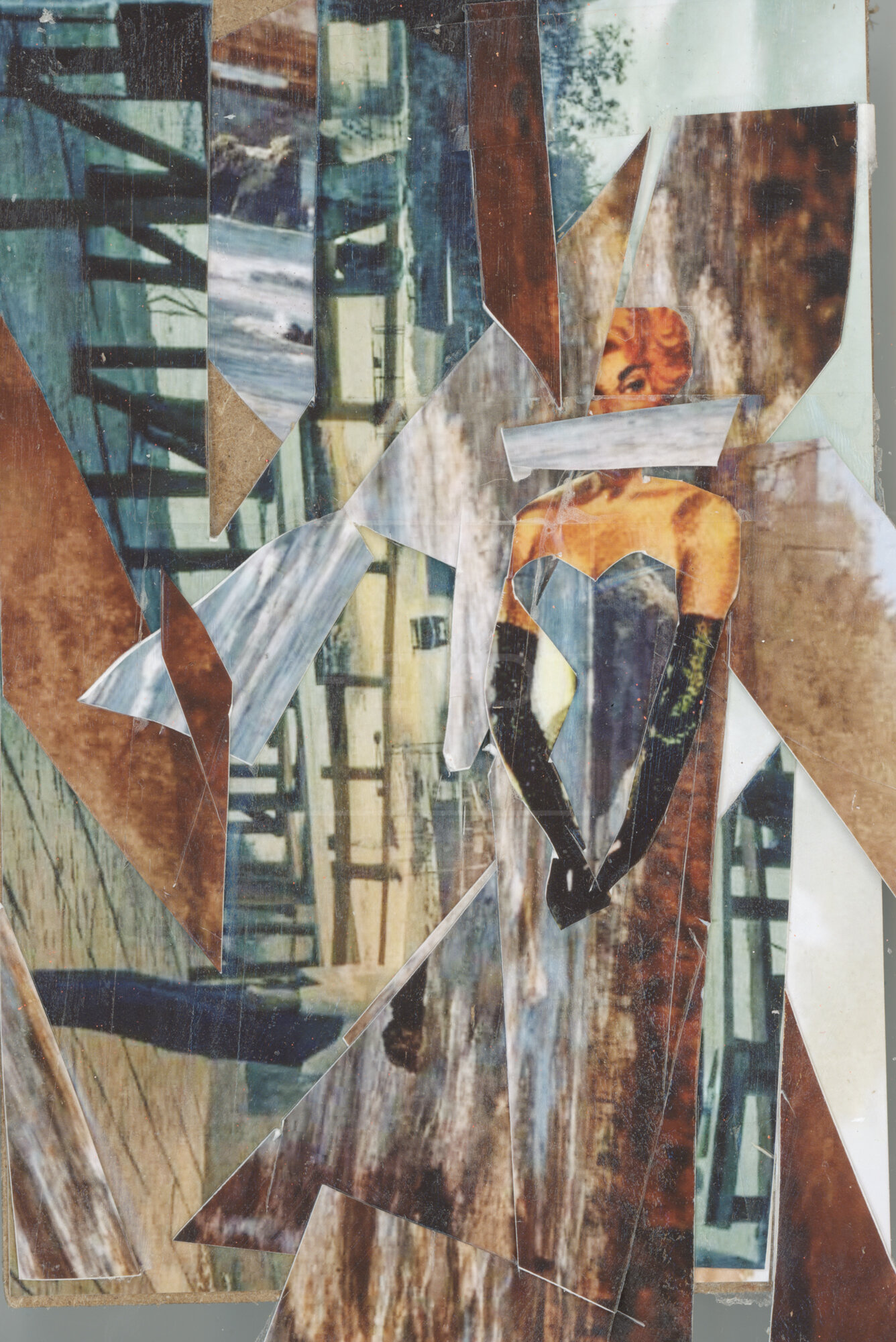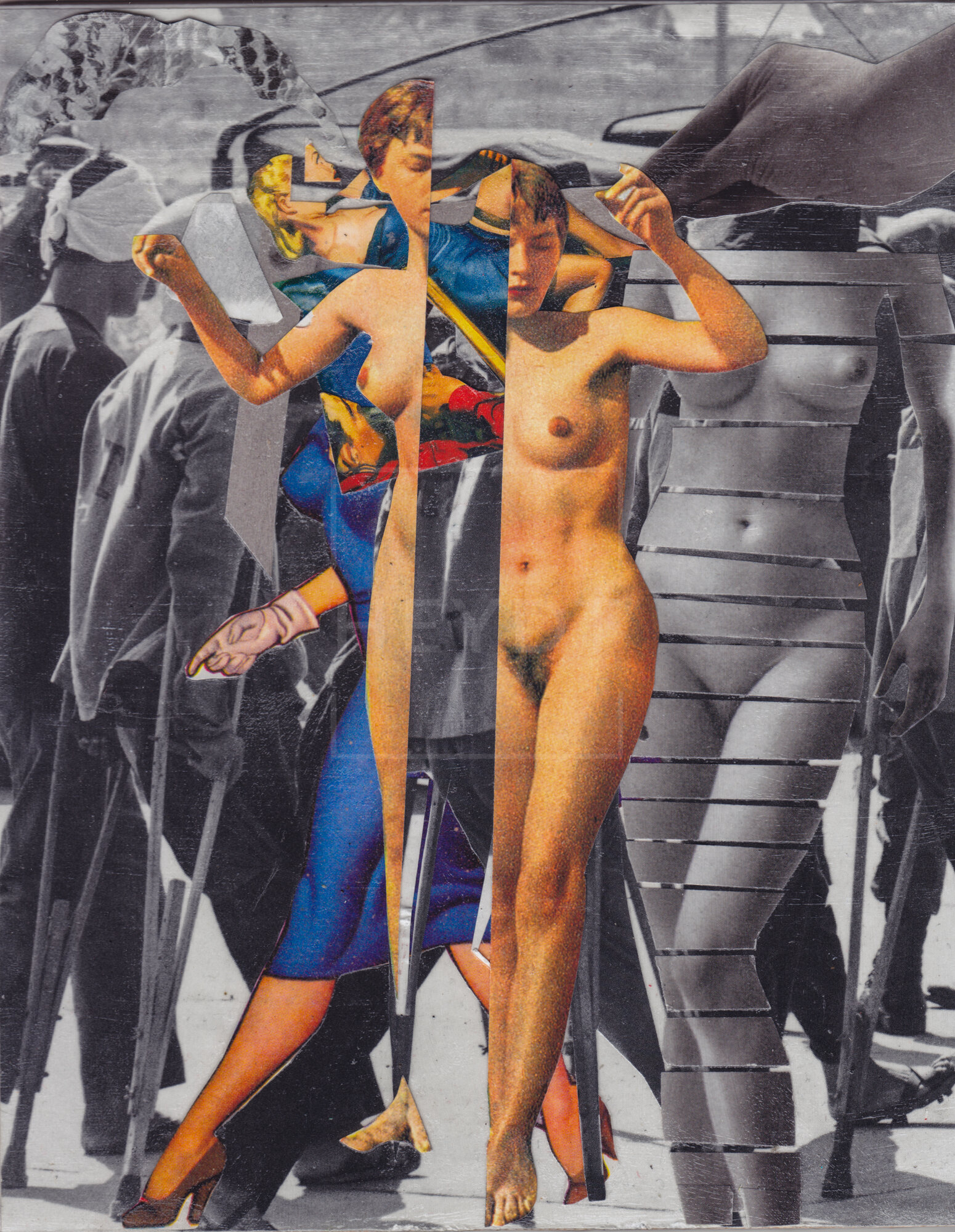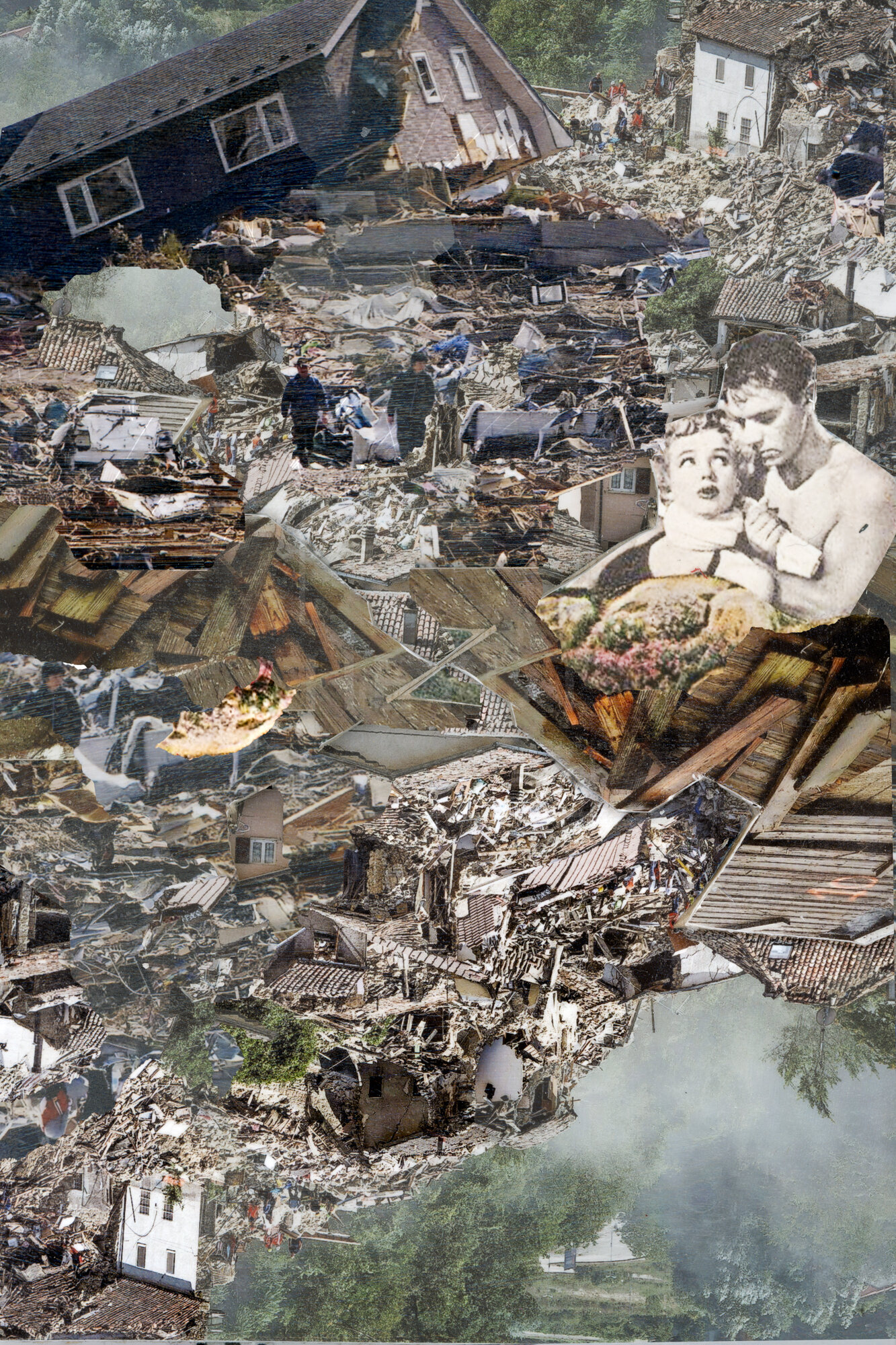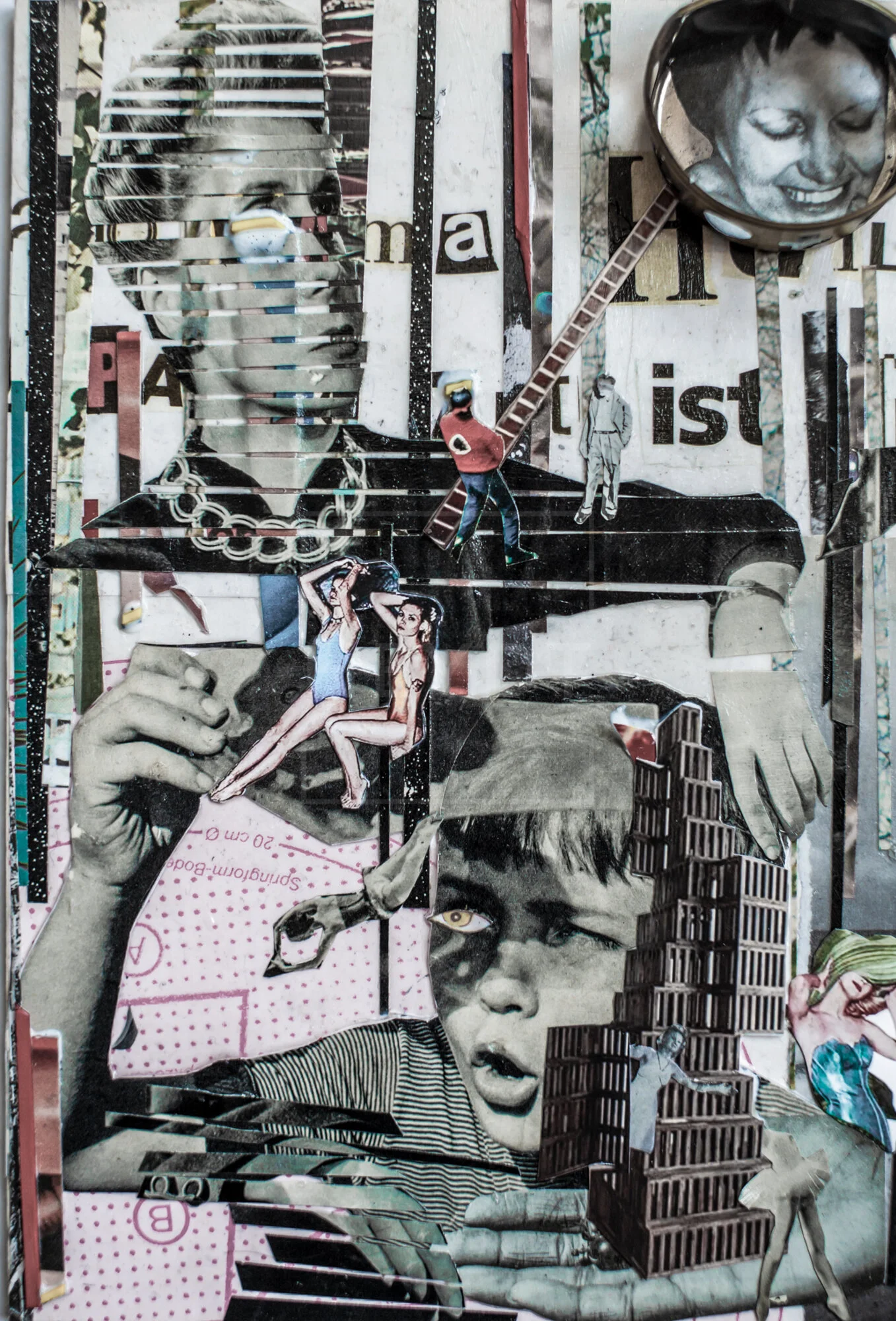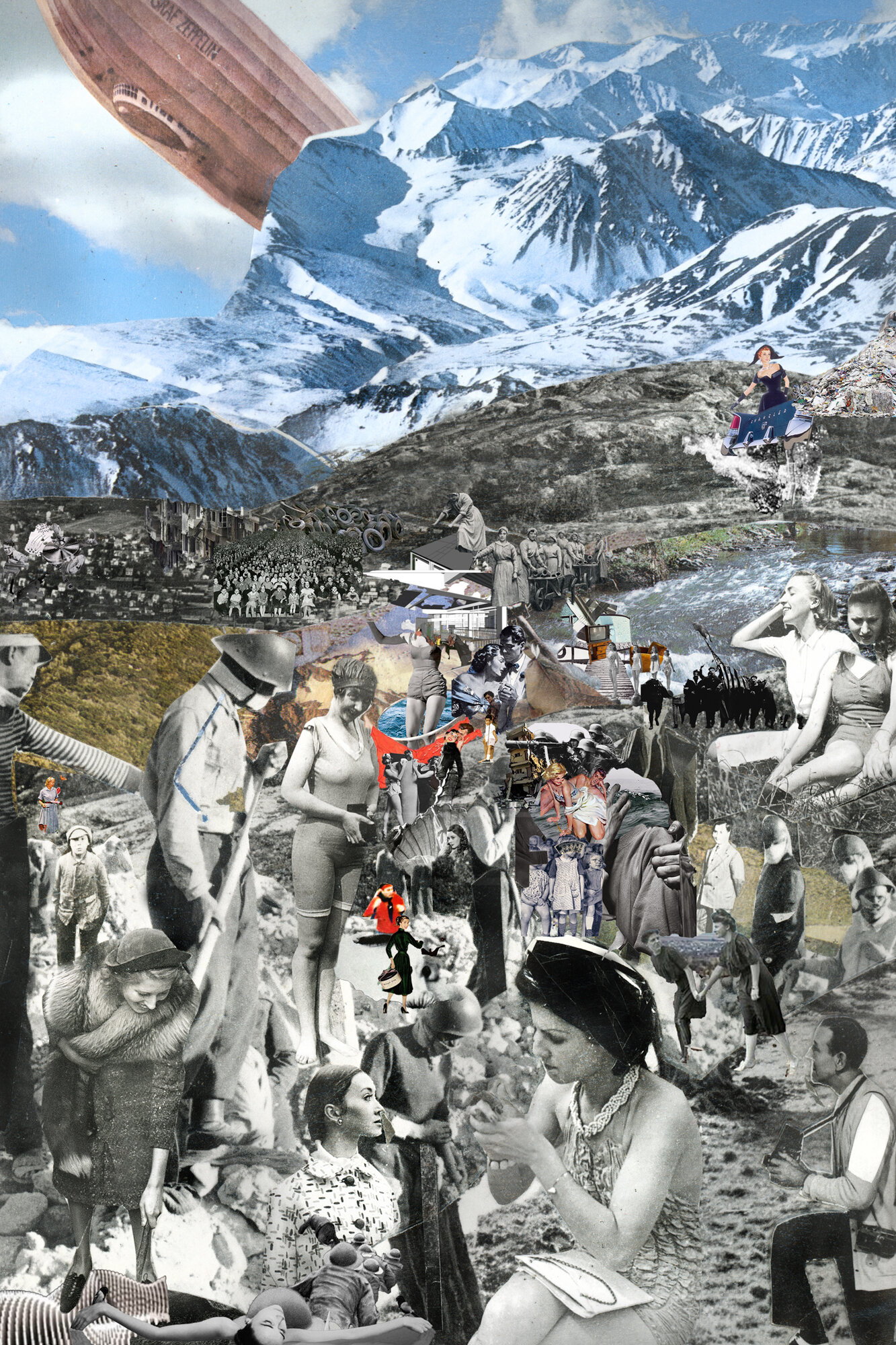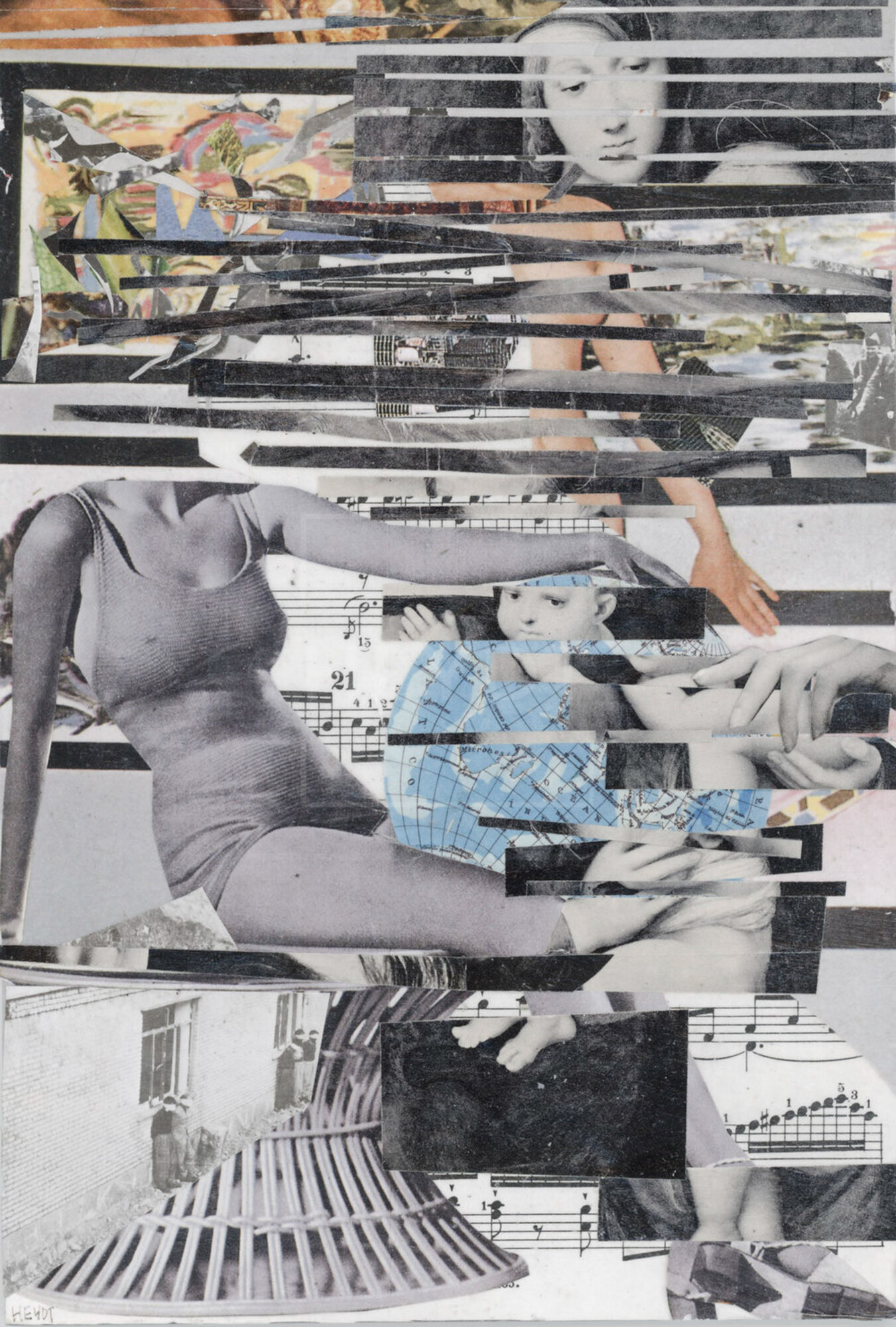The anxiety of our era surrounds the notion of space, not time, which functions as a distributive operative demarcating distance on a spatial plane. The transformation of time, as it accelerates, and space, as it dissipates, has become intrinsic to our experience of life as it becomes increasingly technologically mediated and in tune with the “real time” imposed by the digital mediascape. Deterritorialisation paired with detemporalisation yields a hyperlocalisation, a fragmented and timeless spatial void wherein everything and nothing is happening simultaneously. Space is remapped through the flattening of geography, giving rise to a new epiphytic reciprocity between time and locality. Abandoning the structural time continuum within which reality resigns through collapsing spacio-temporalities, this series builds on the notion of hyperlocalisation, deriving its name from the physics term Verschränkung, or Quantum entanglement. Violating the local realism view of causality, Verschränkung accounts for when the spatial proximity of particles renders their quantum state indistinguishable from one another. In a similar vein, this series presents multiple histories and narratives within a singular frame or iteration.
The imagery juxtaposes, collide and disrupts logical relationships between occurrences through its convergence of geographically estranged events, conflating the collective experience into a unified expression. Series aims to question whether the concepts of deterritorialisation and detemporalisation enable us to understand the uses of space and time in a new context that is characterised by acceleration and fragmentation. This relativistic conception of reality is void of a human dimension, it replaces historical time: the domain of history, geography, and physical space. The ubiquity and instantaneousness provided by digital media paradoxically invokes sentiments of confinement. Locked within the speed and inanity of displacement, all History happens in a local time, with daily experience reduced to the immediacy of a continuous present . The rhythm of the immediacy and application of real time, have homogenised, on the one hand, and fragmented, on the other.
The very nature of space is broken down into three dimensions of analysis: absolute space, relative space, and relational space. Absolute, Cartesian-Newtonian, space is a fixed and independent entity, unambiguous, and therefore capable of being observed and classified. Socially, it corresponds to clearly demarcated territorial entities, such as States or private property. Relative space, as postulated by Einstein, corresponds to the relationship between objects, and therefore depends on the existence of objects and also the point of view of the observer. This conception of space is inseparable from time – the relative space-time of the speed of light – and from factors that interfere in this relationship. It is not possible, however, to understand different realities employing this space-time framework. This is where the concept of relational space comes in, which exists only insofar as it is part of the process that defines it. Processes do not occur in space, but rather define their own spatial picture. For this reason, space is also inseparable from time, and the focus is placed on the relationship between the two.

